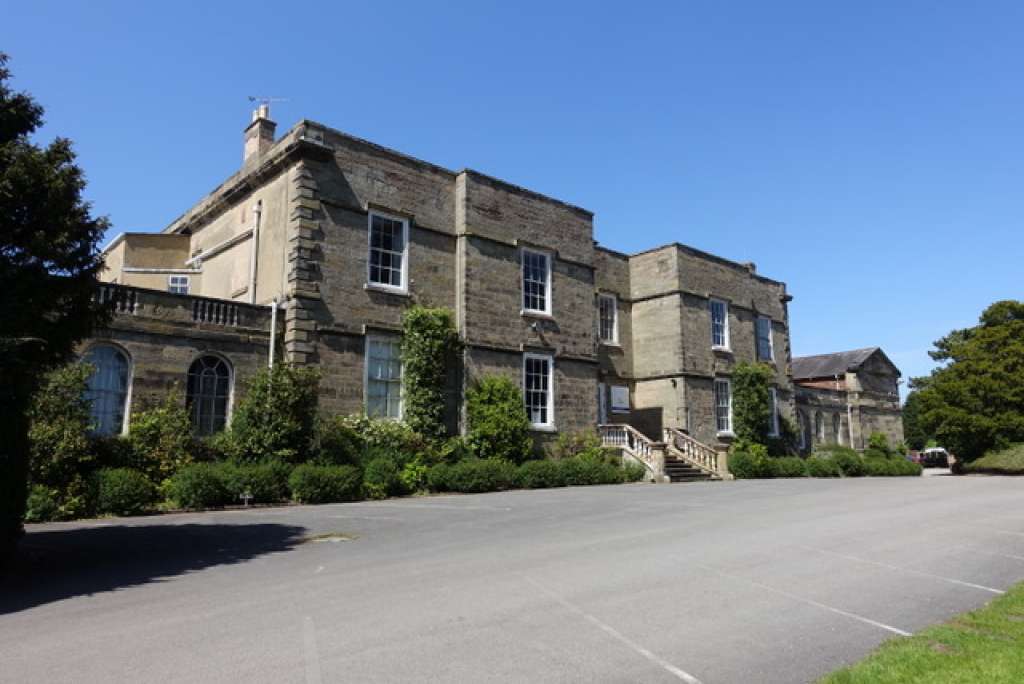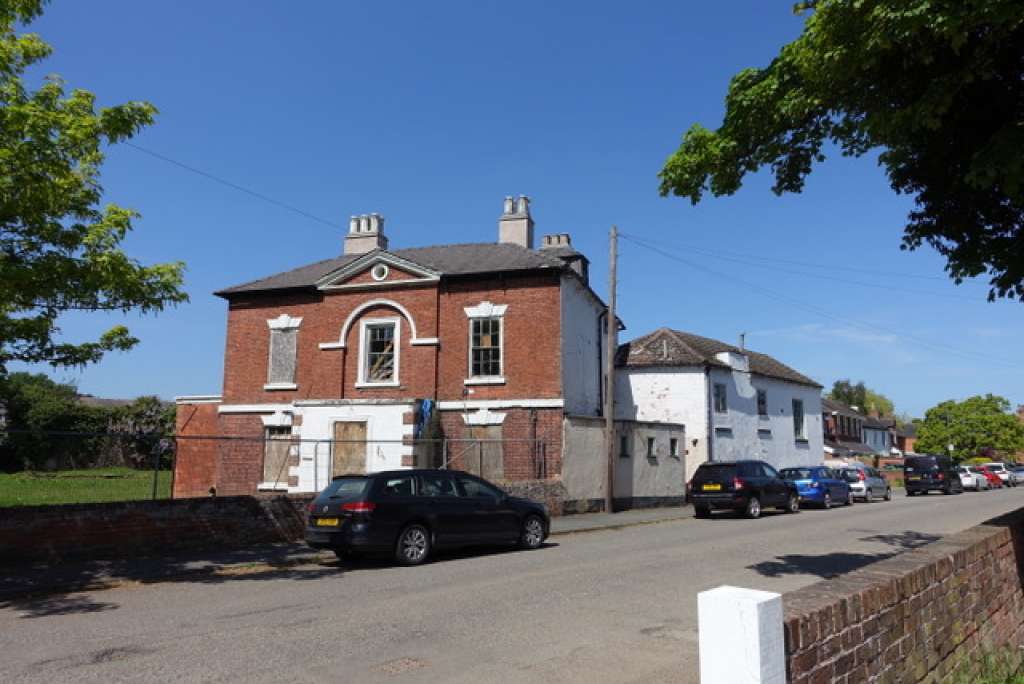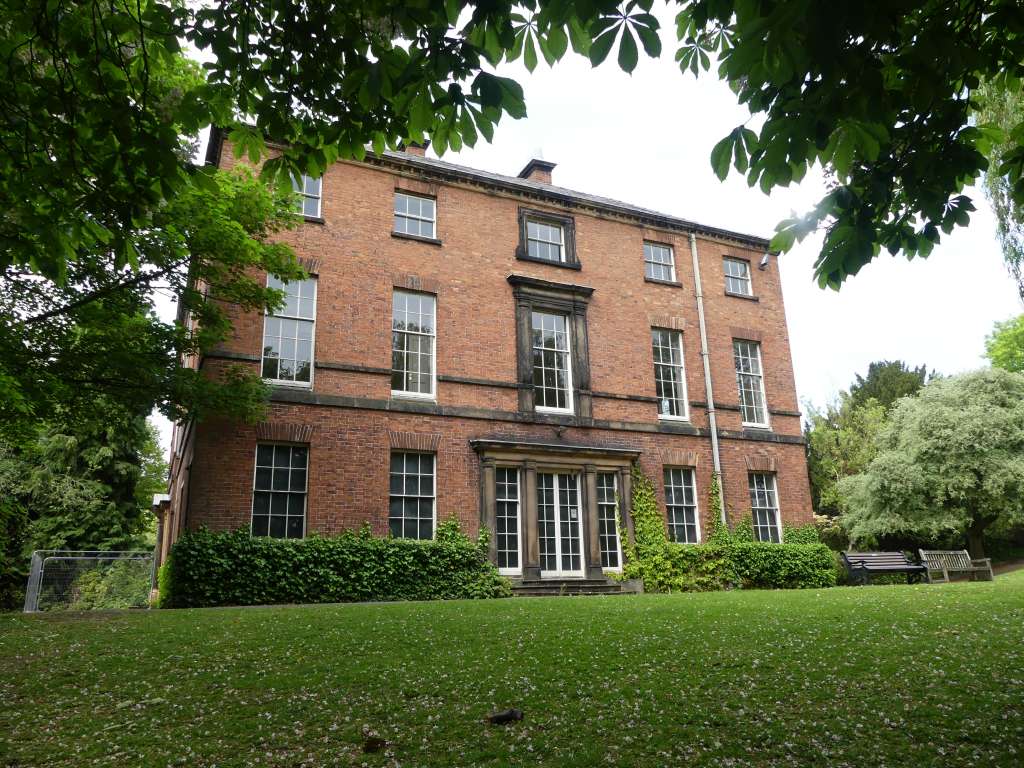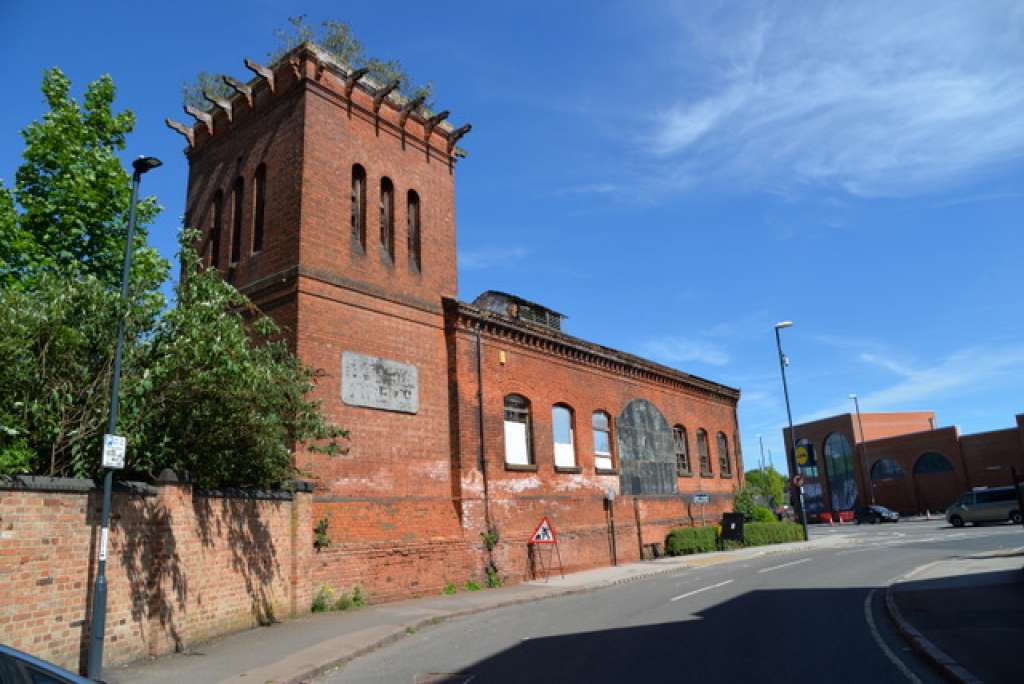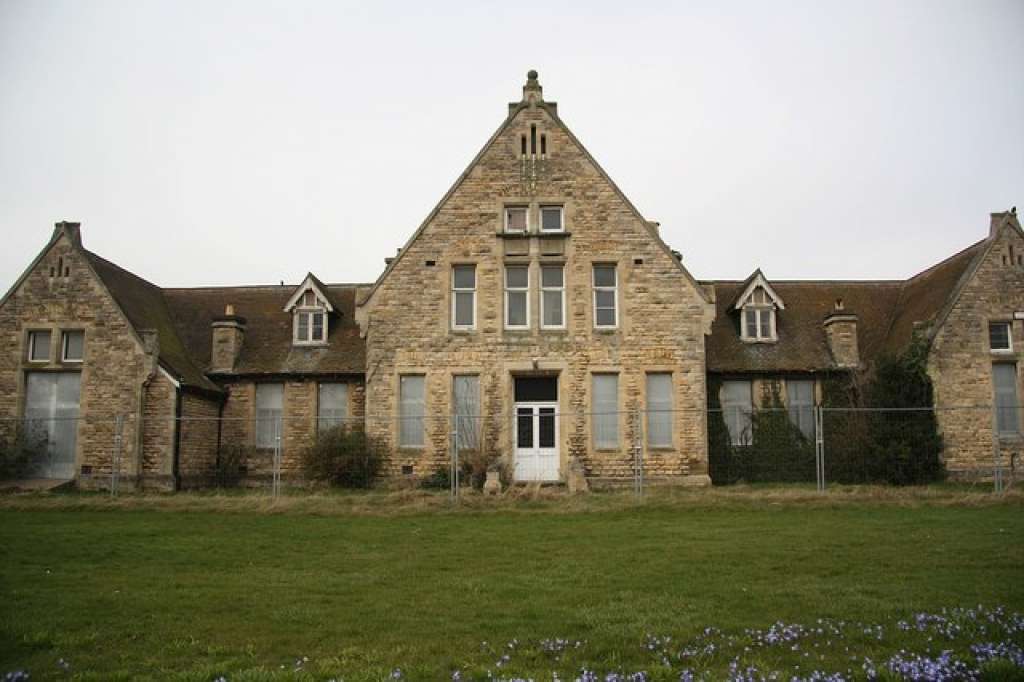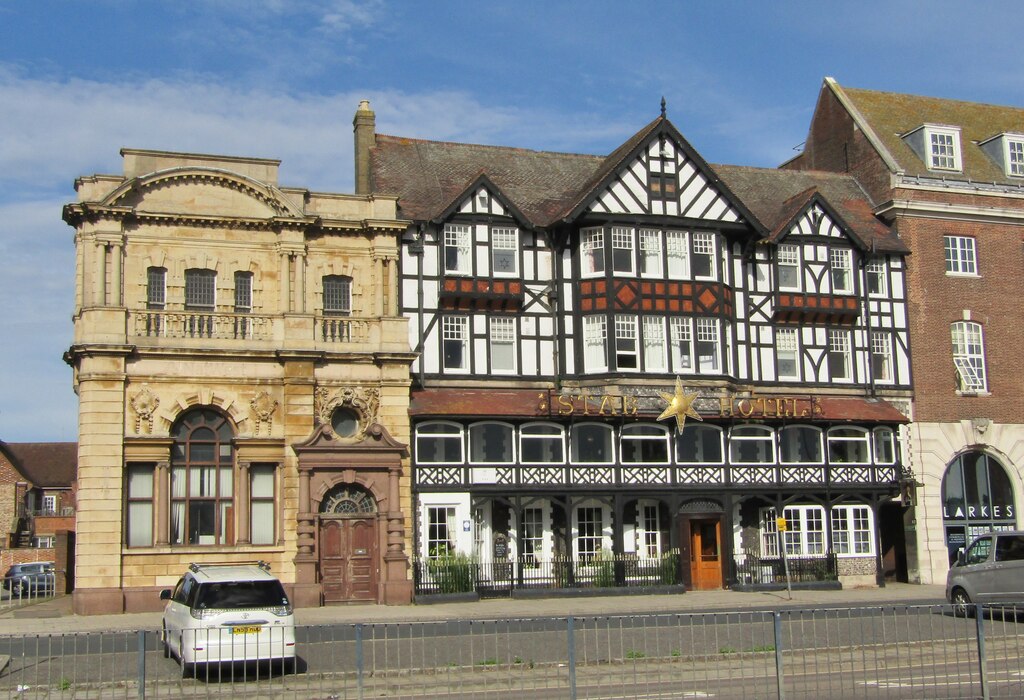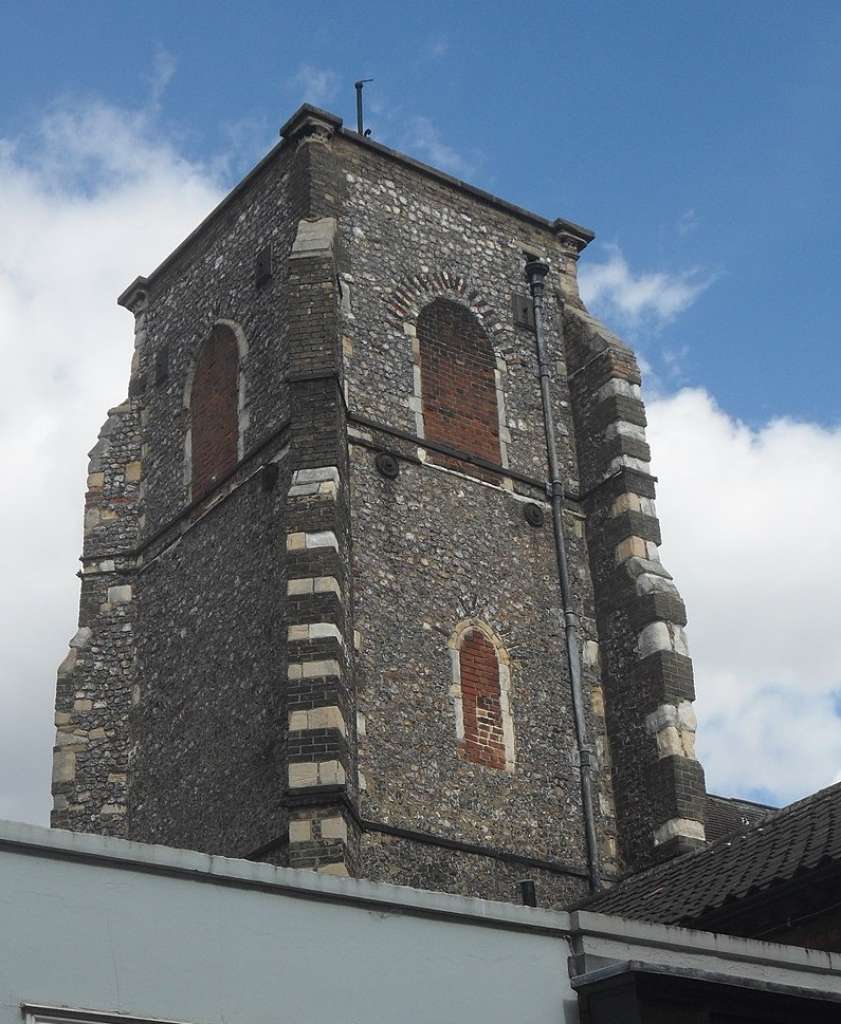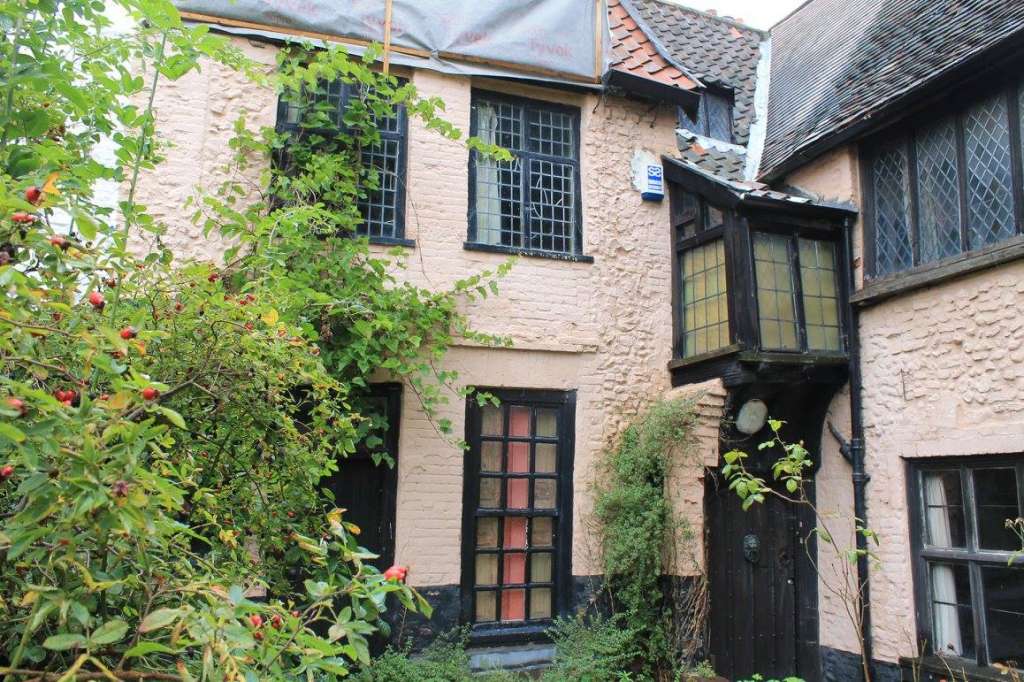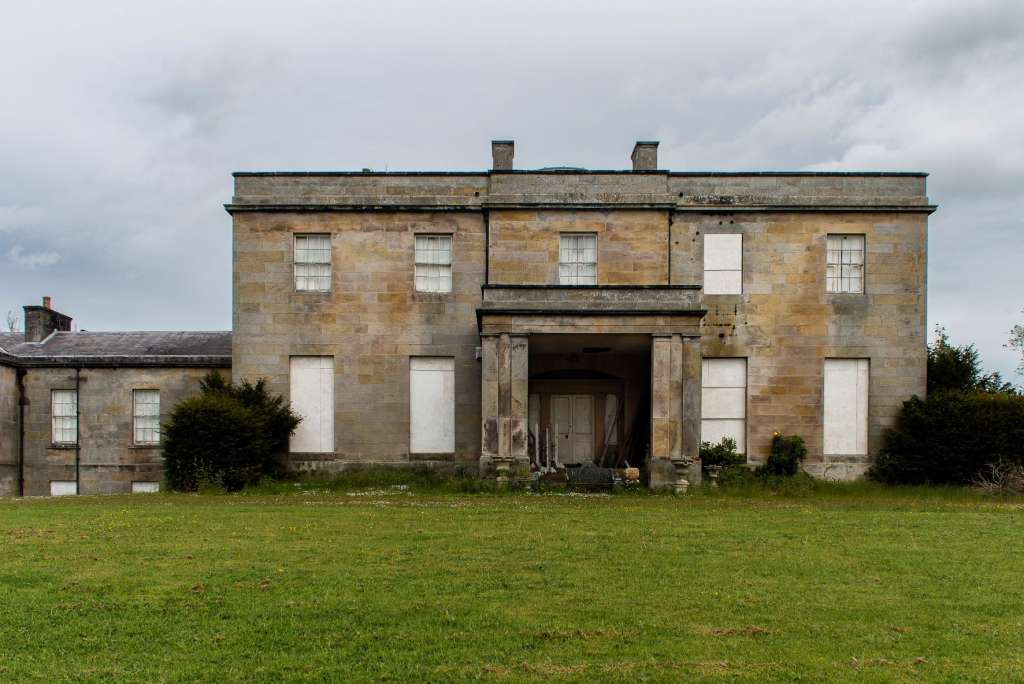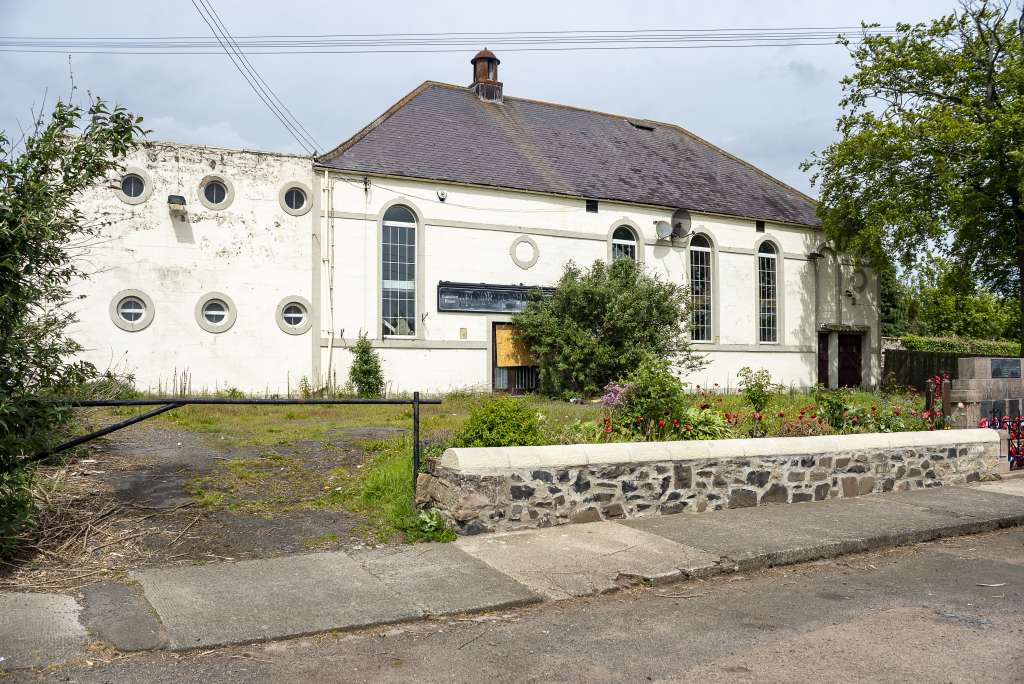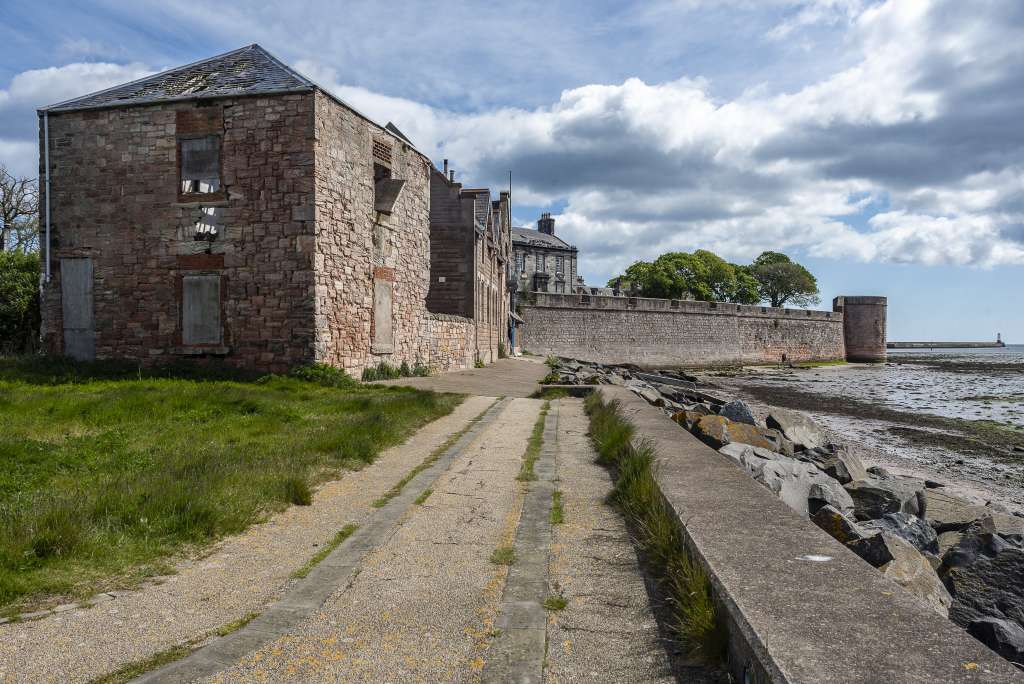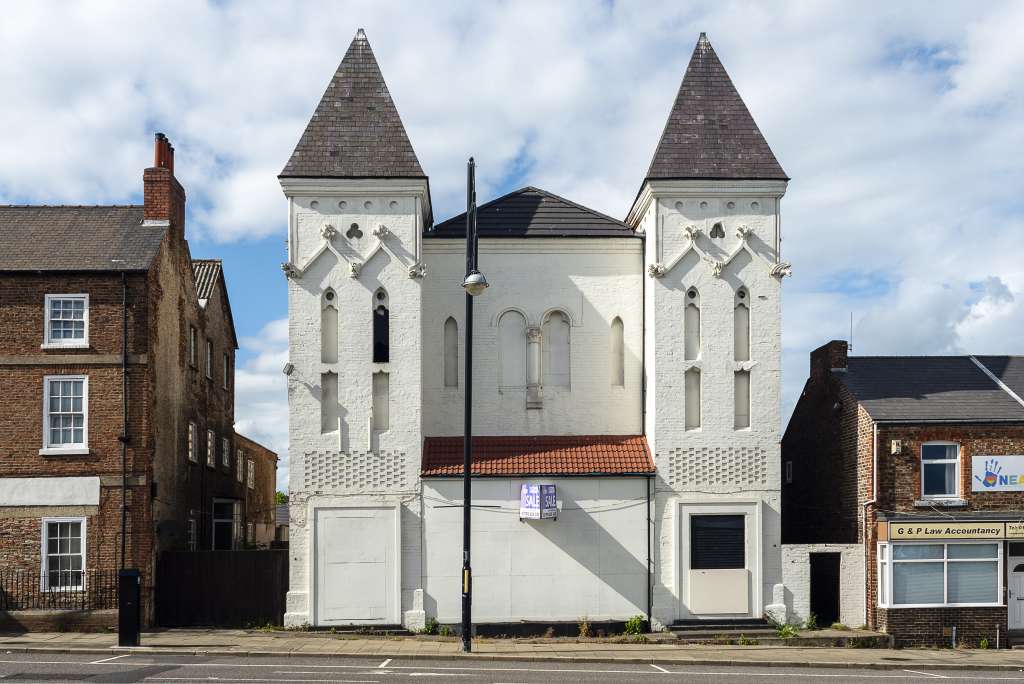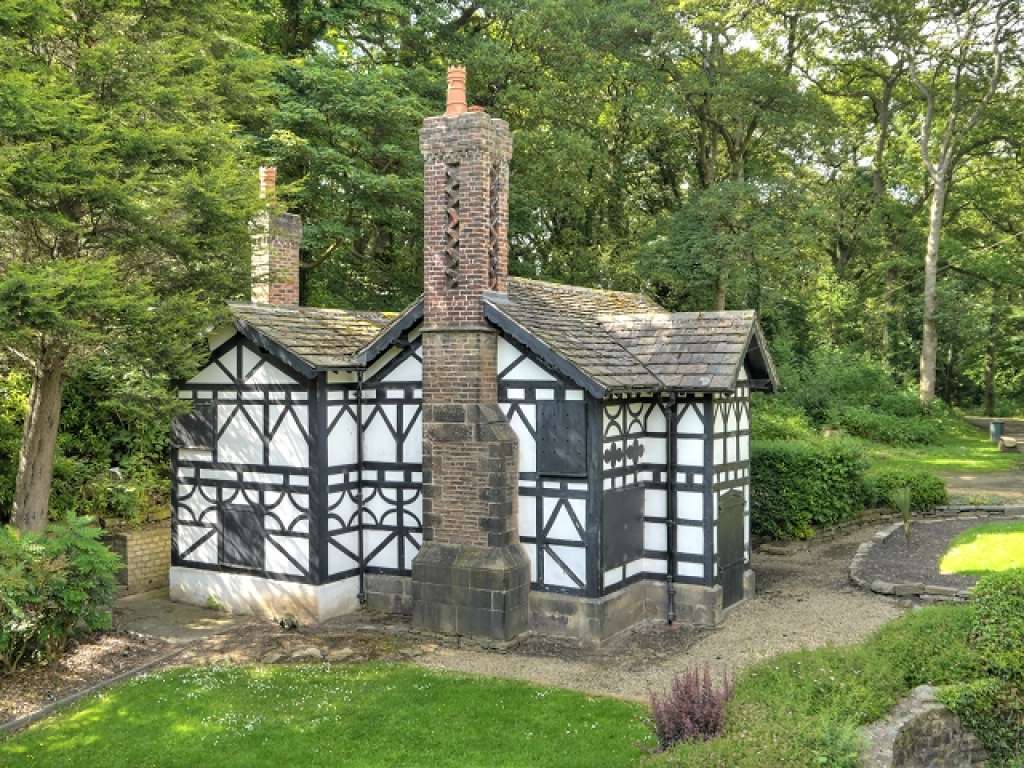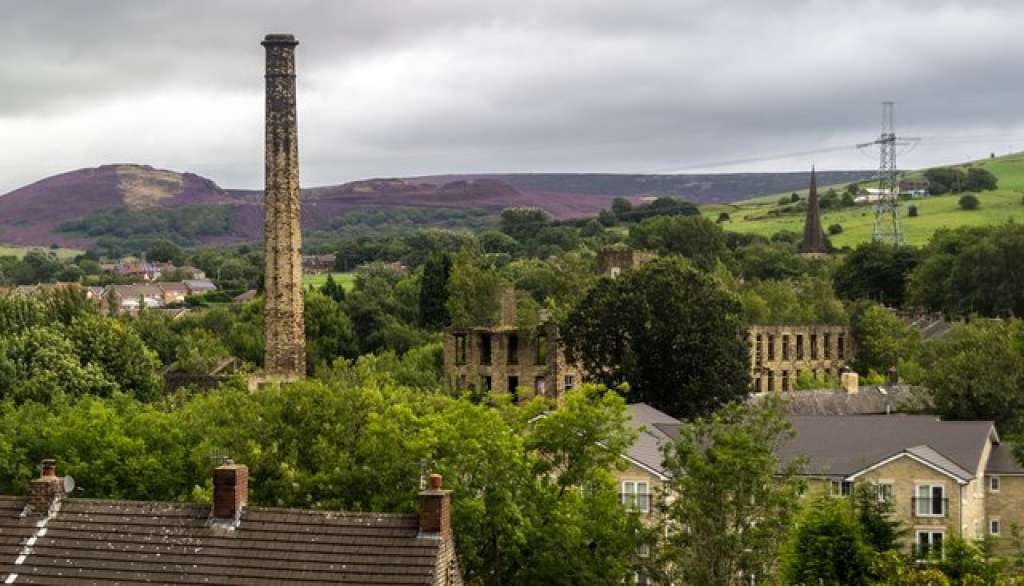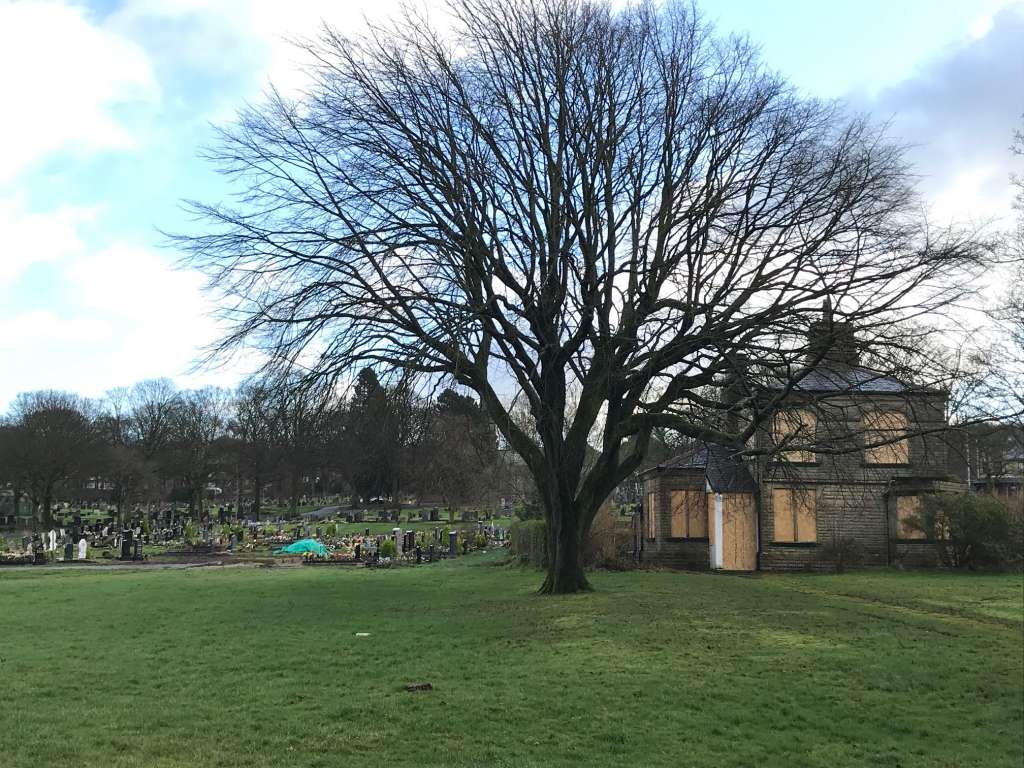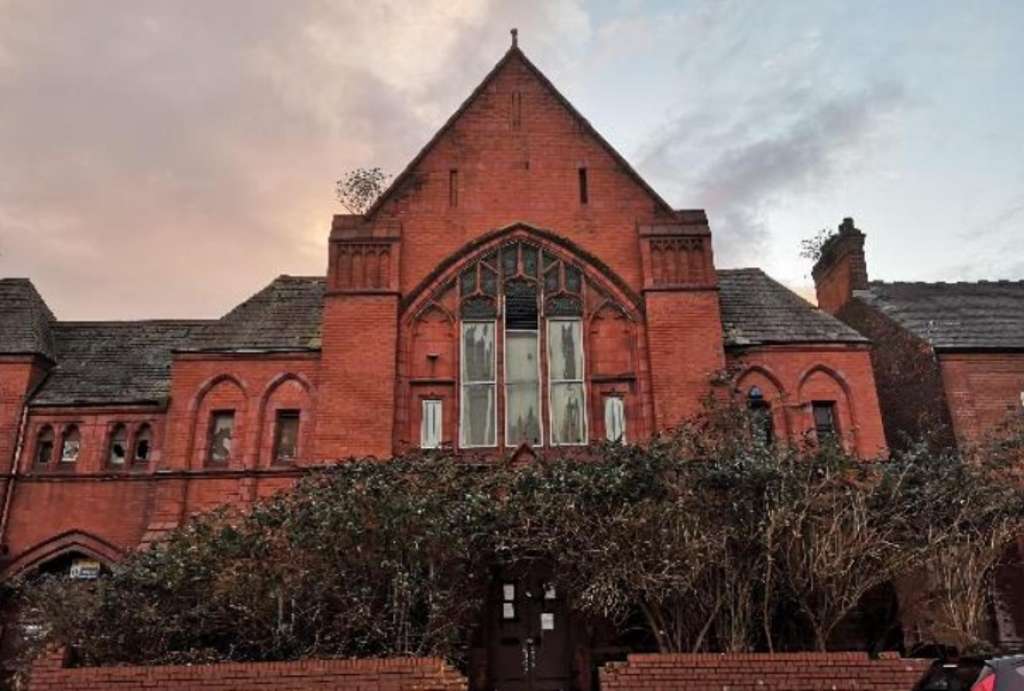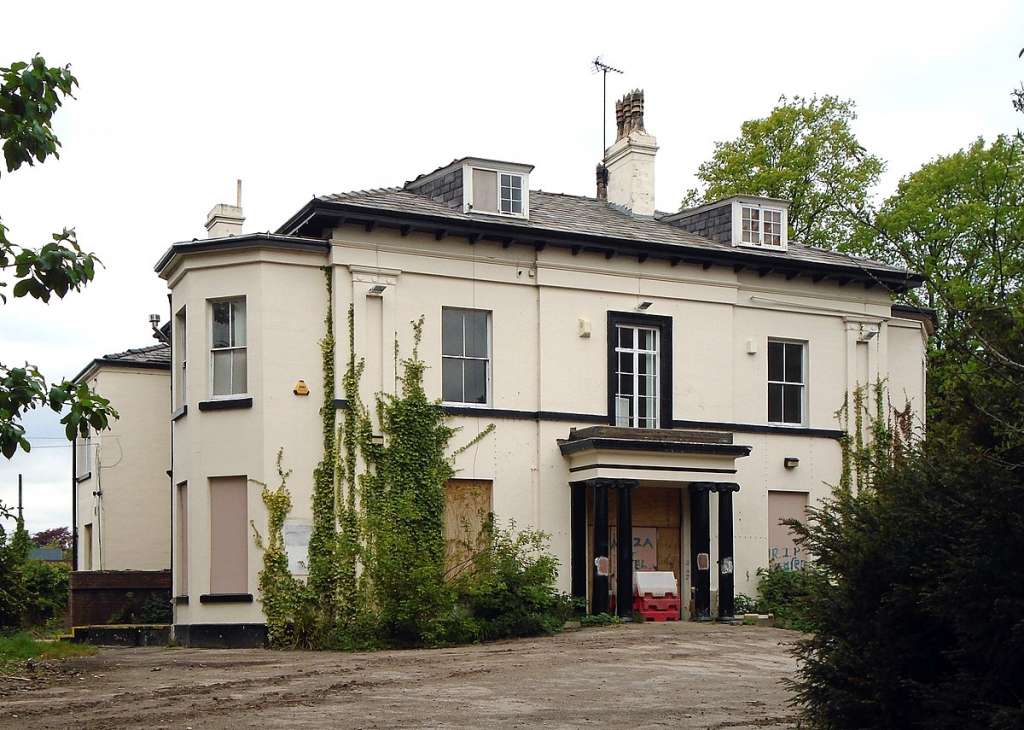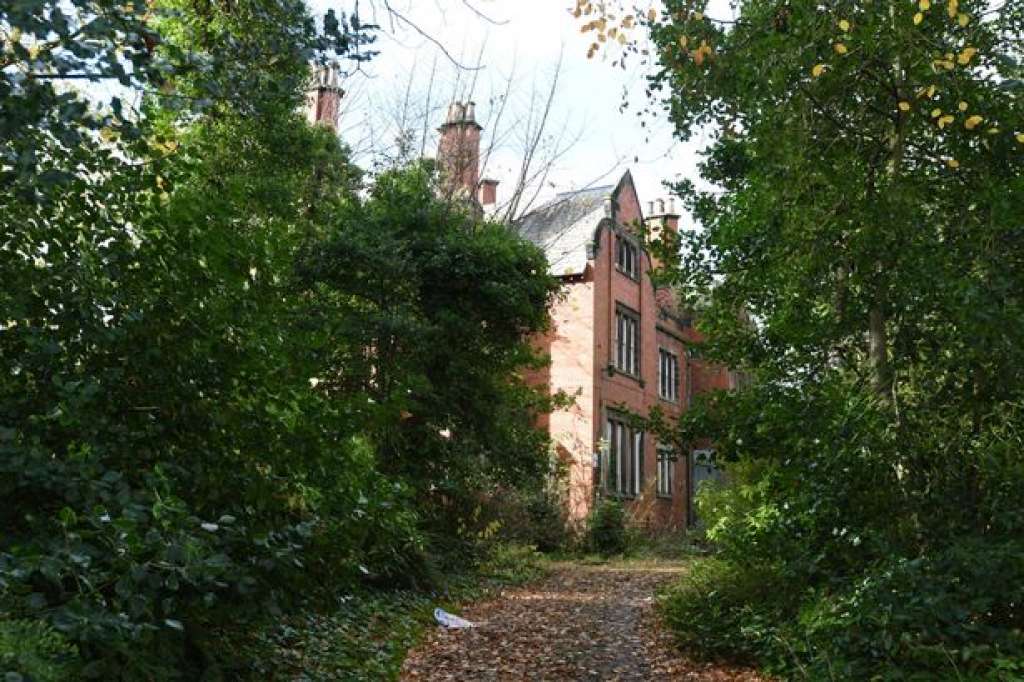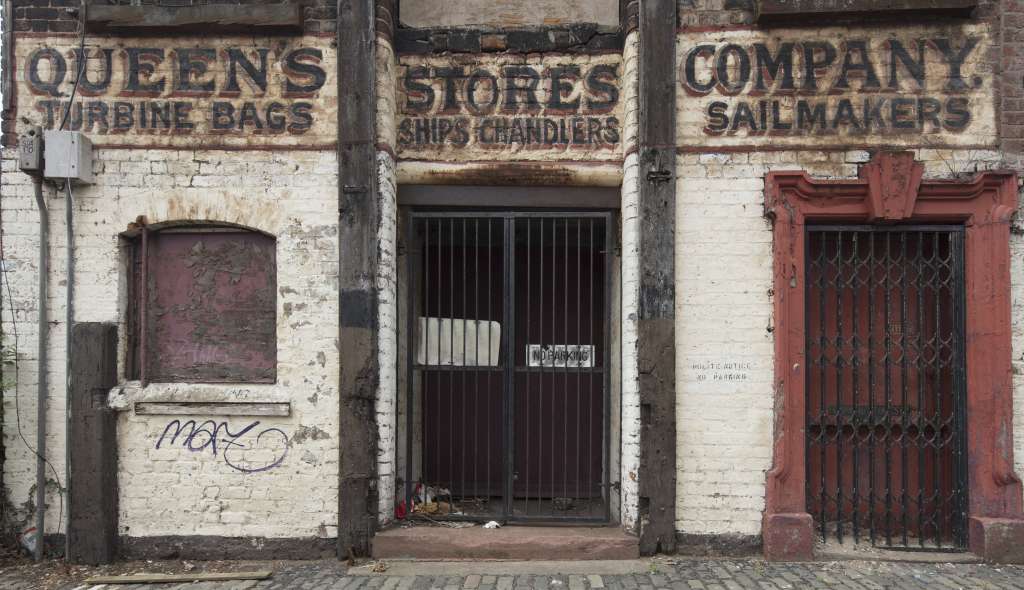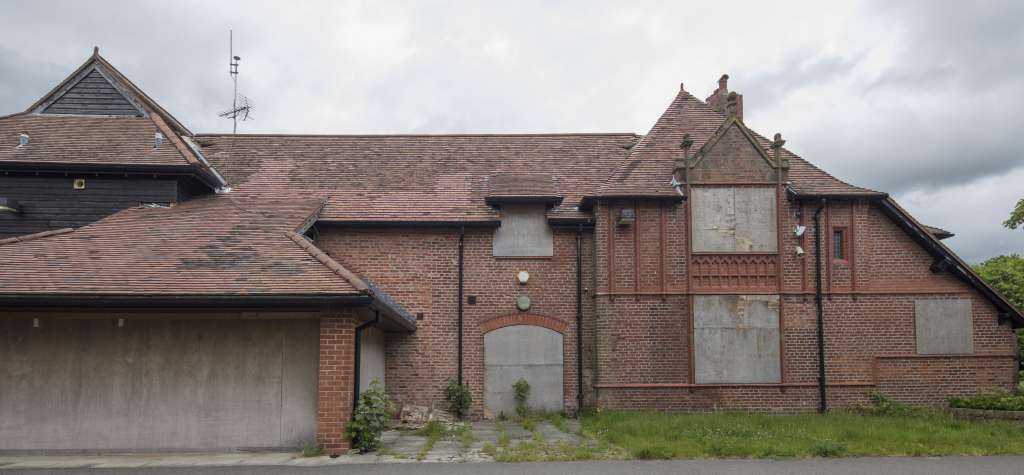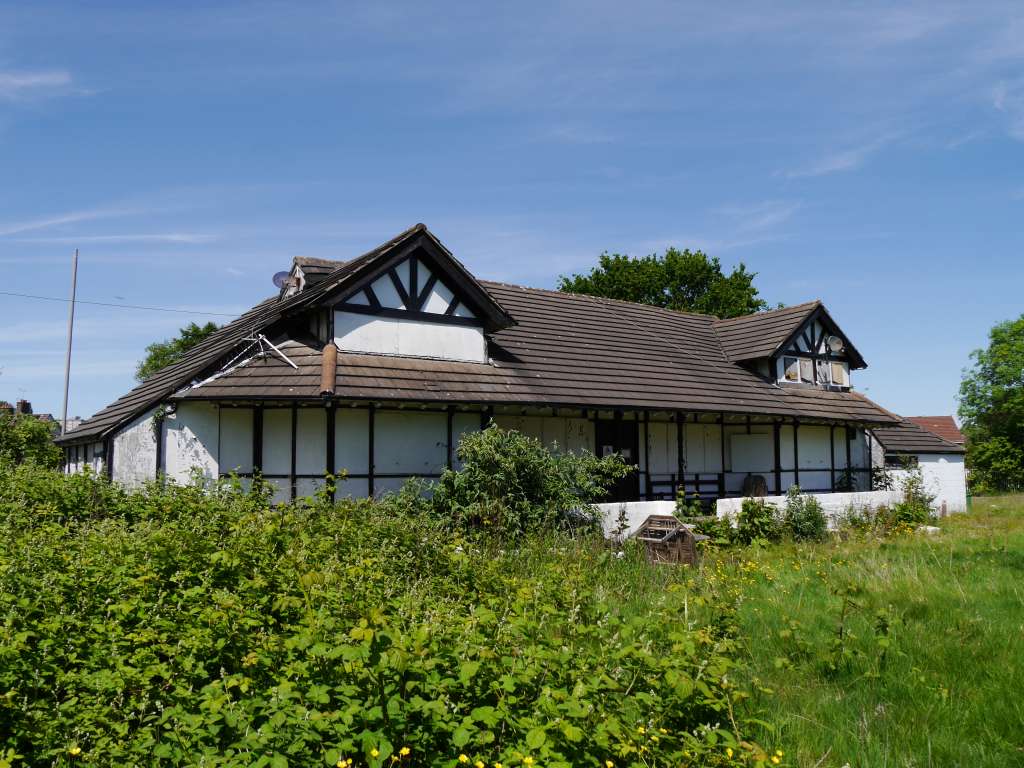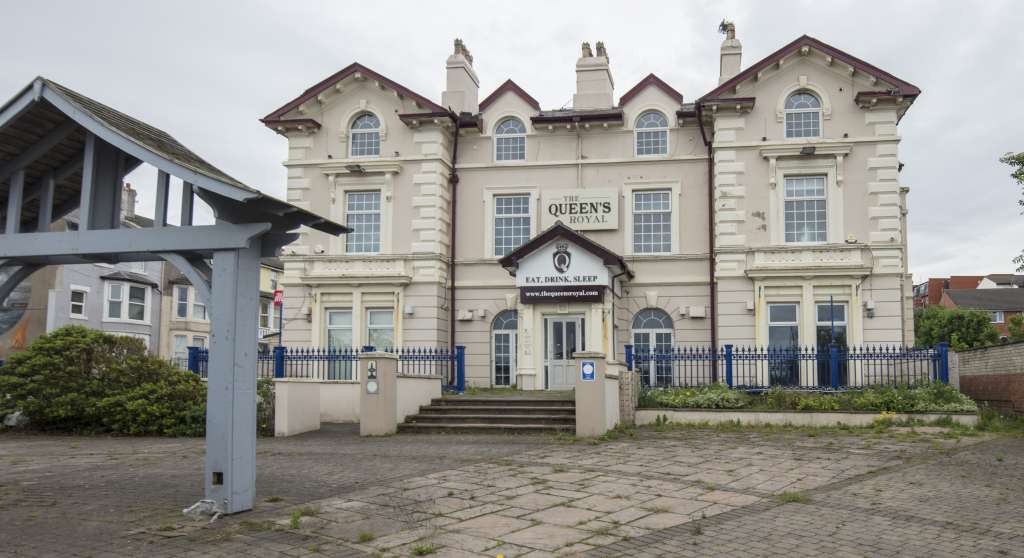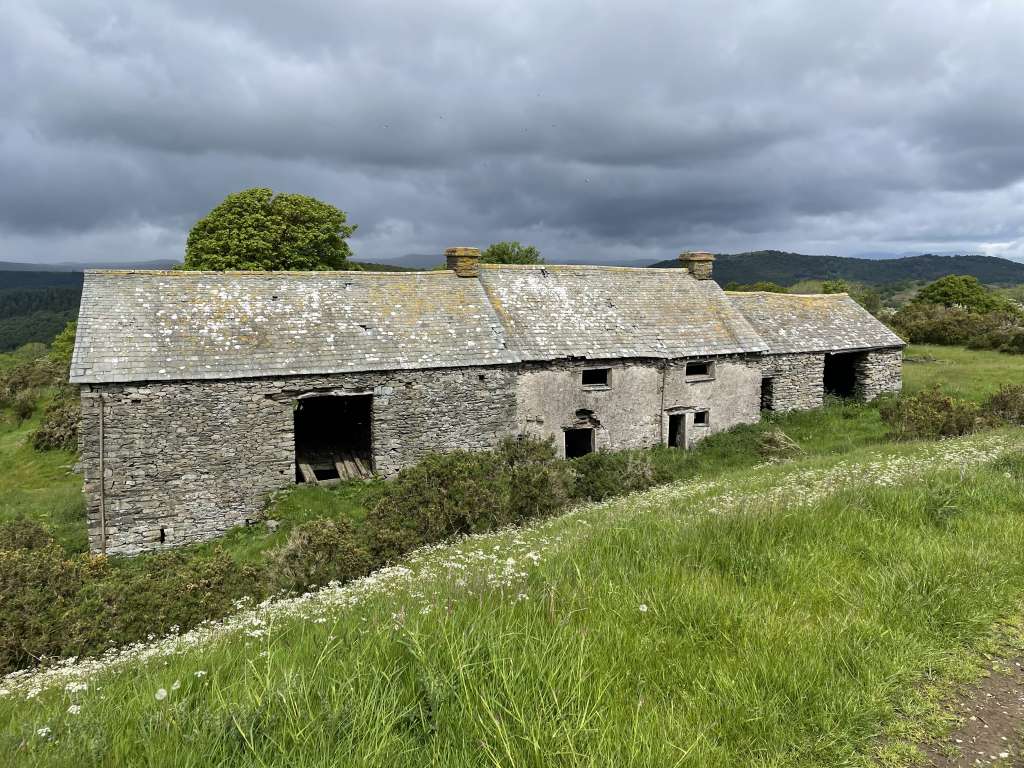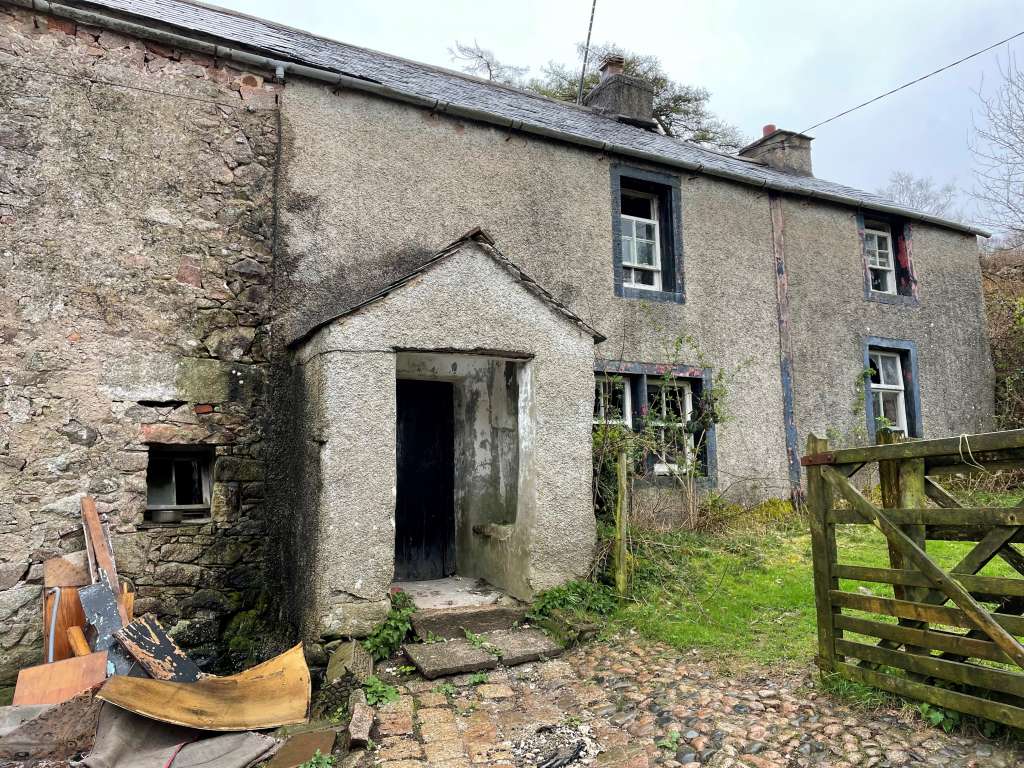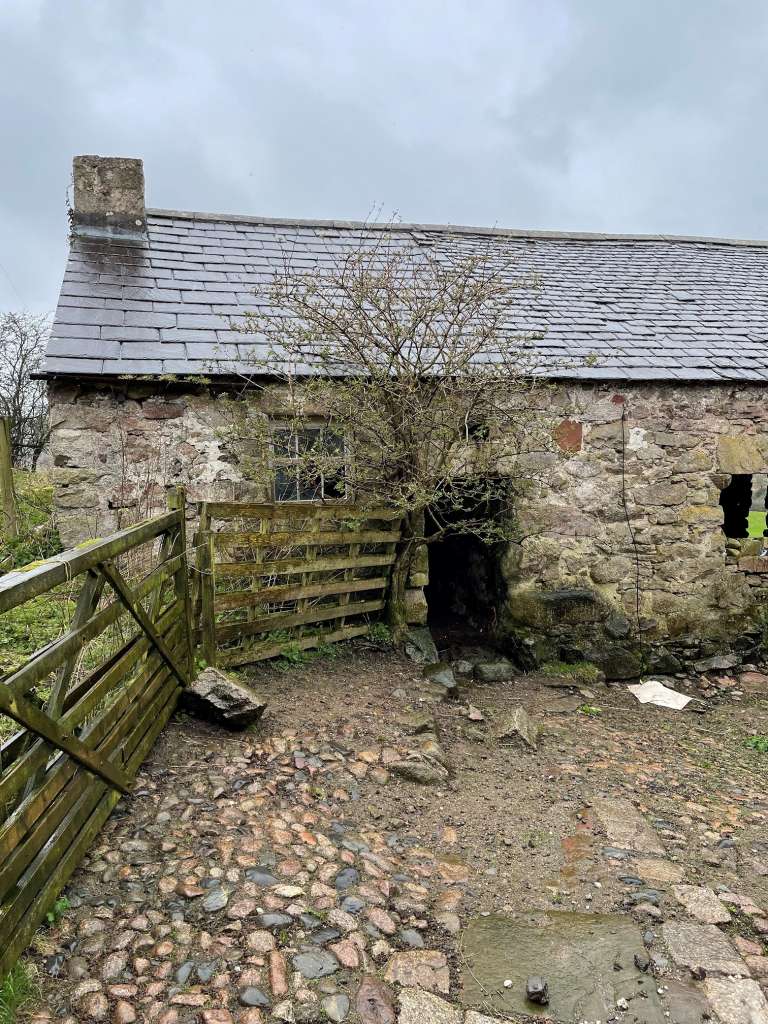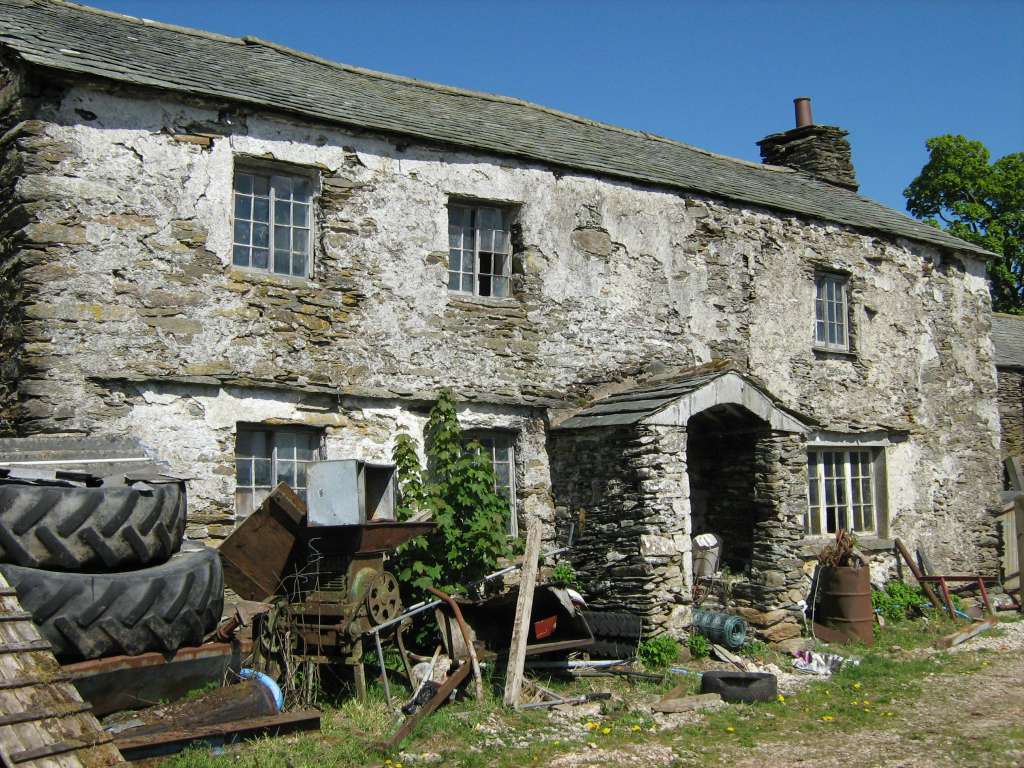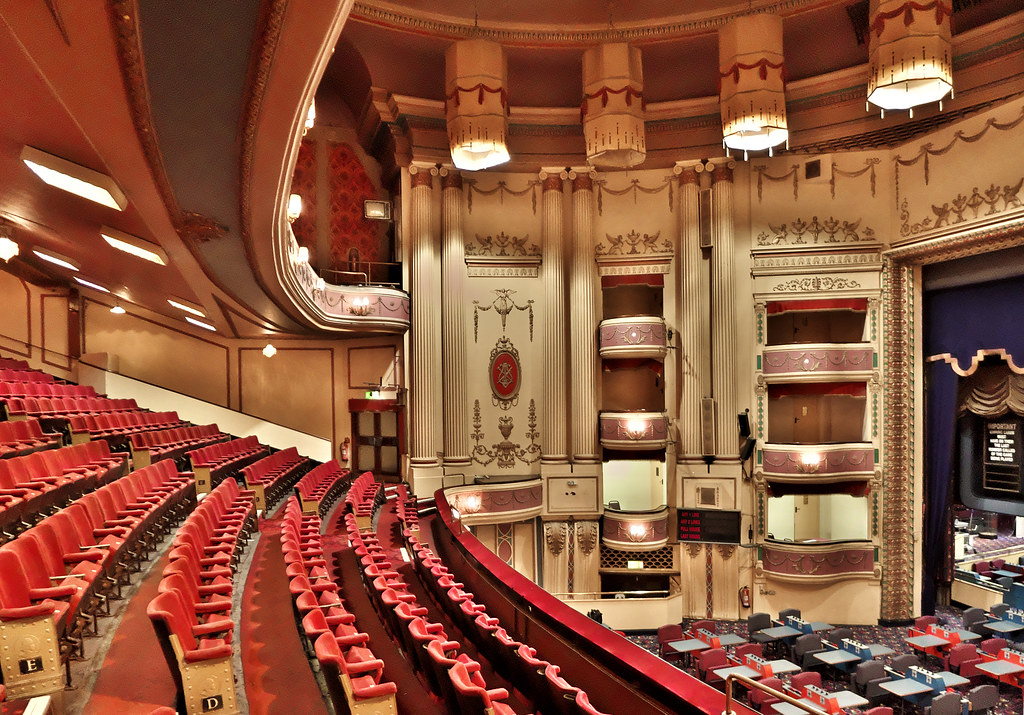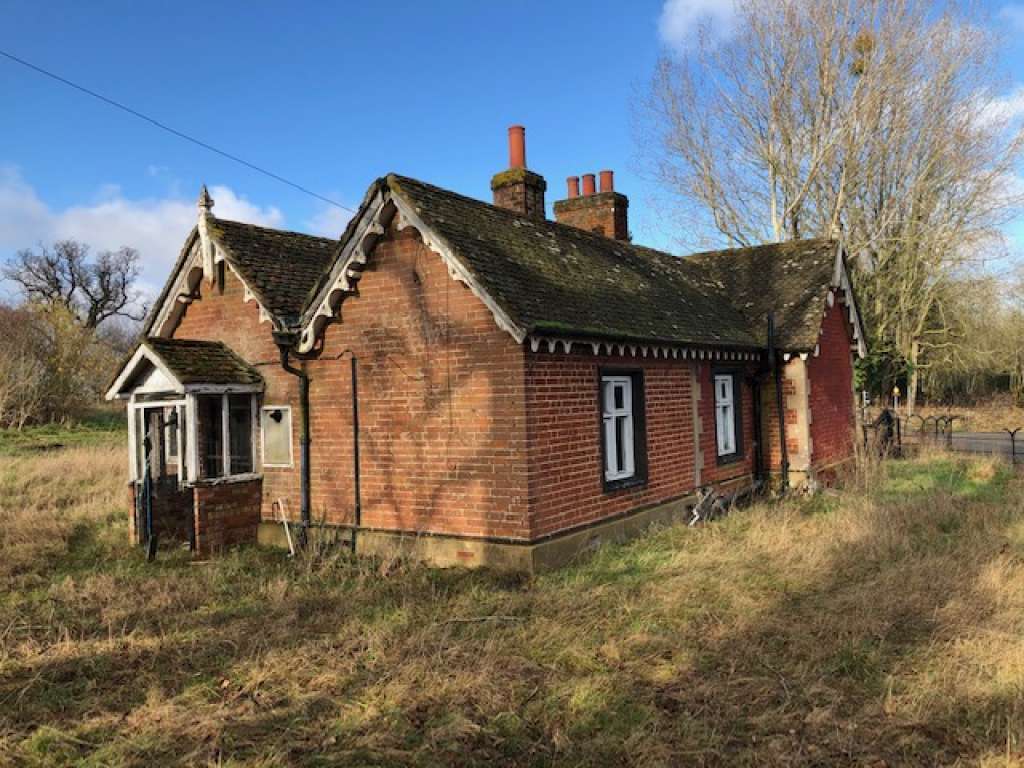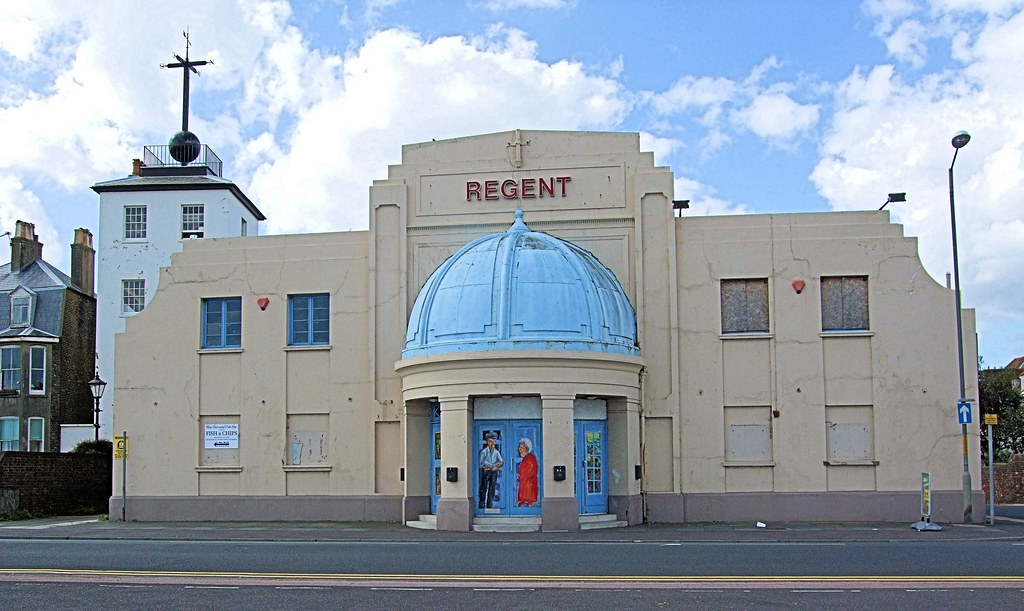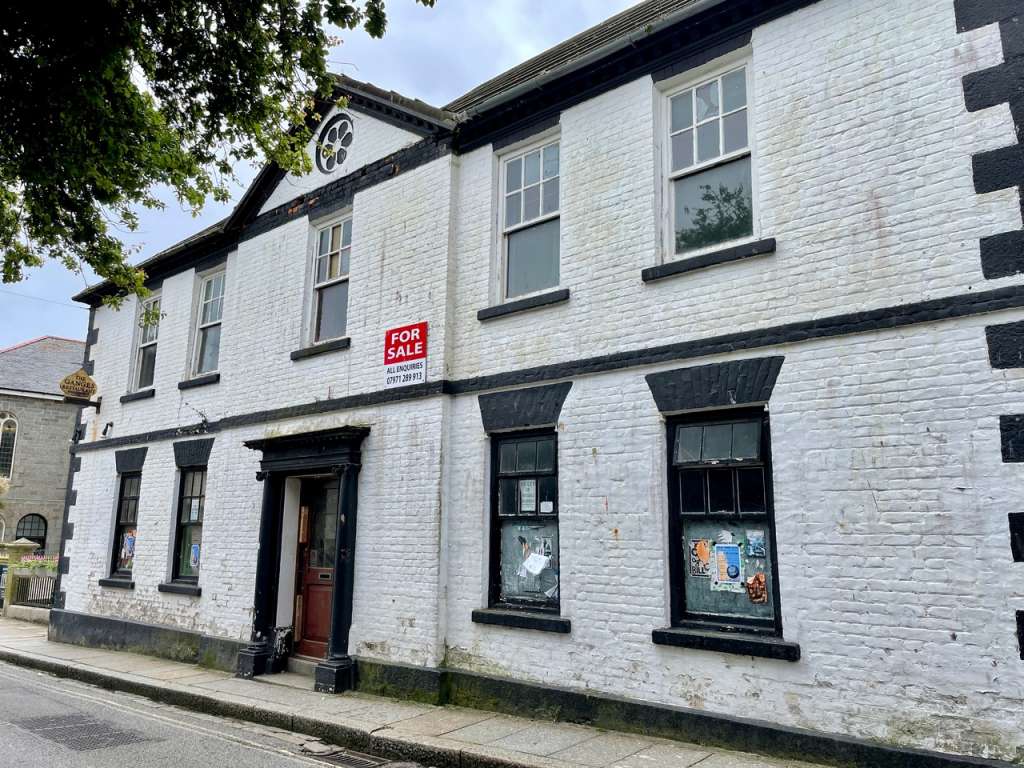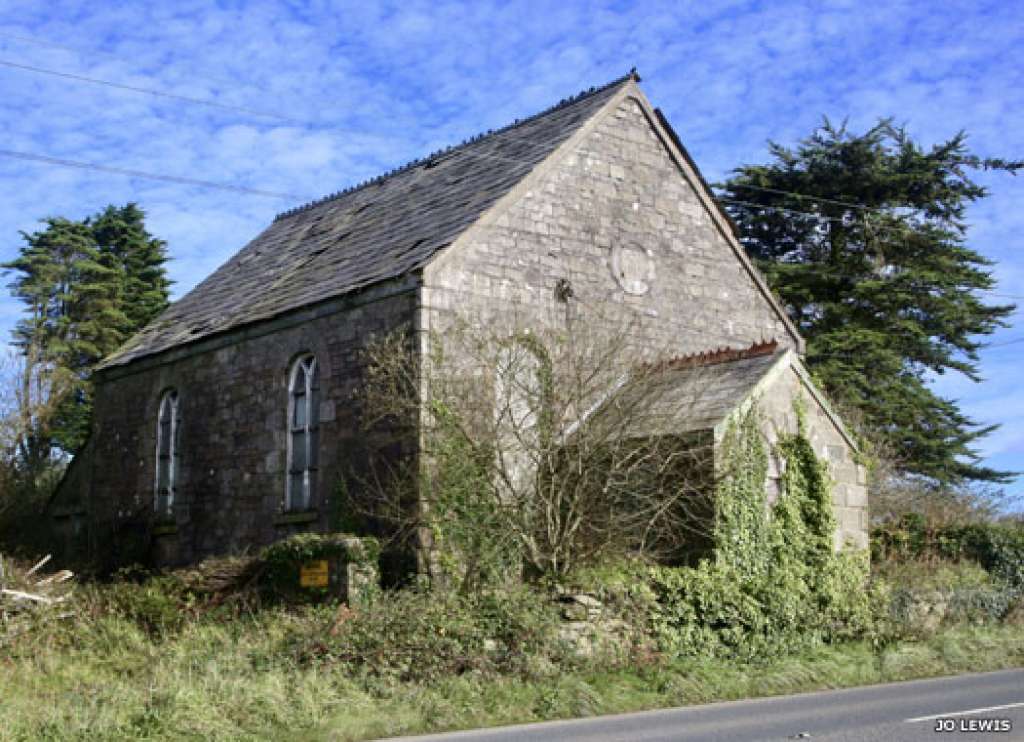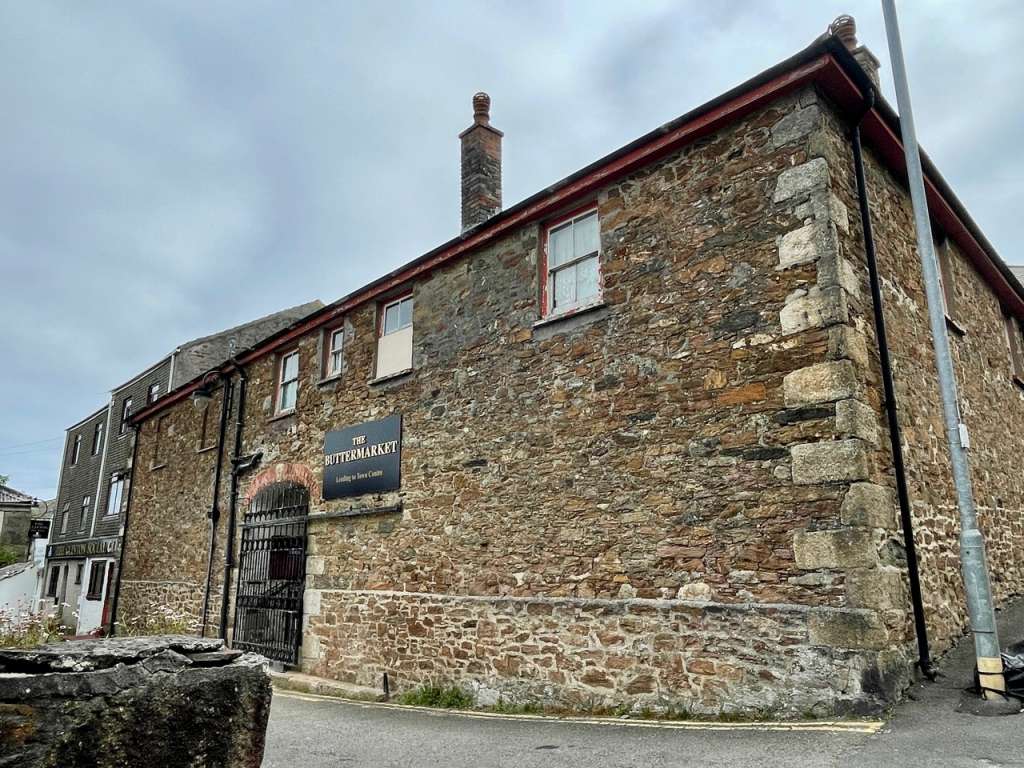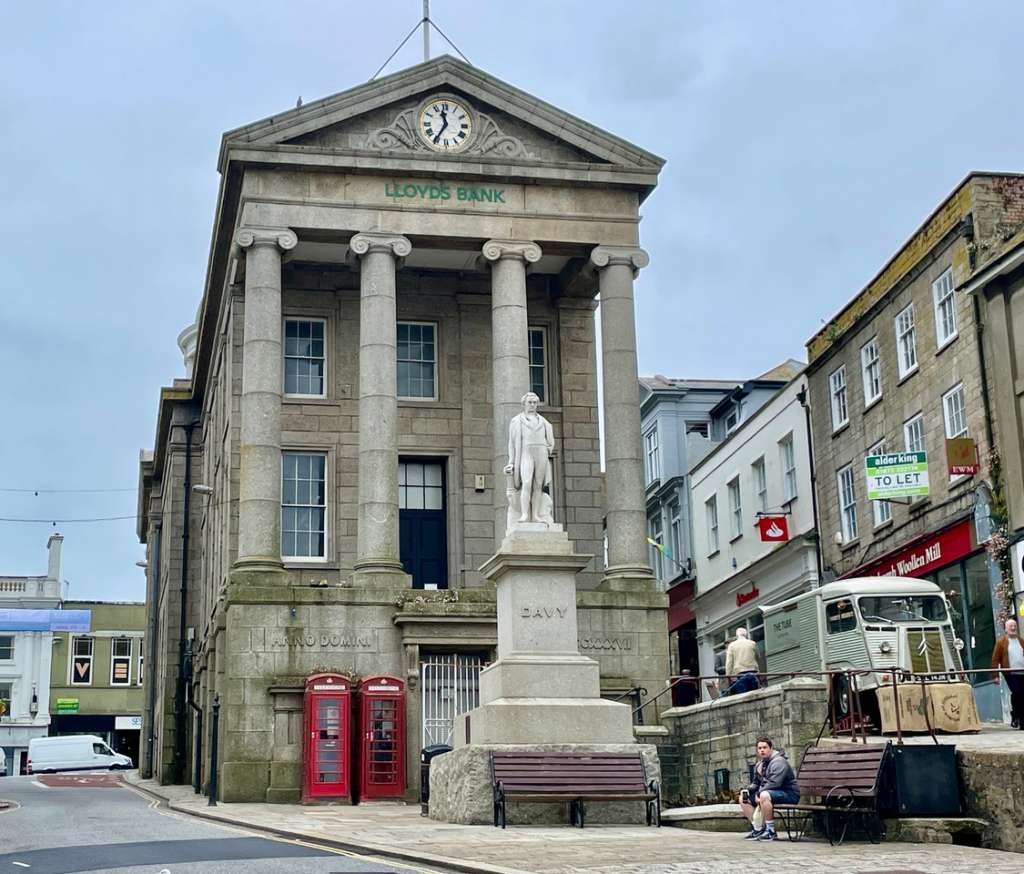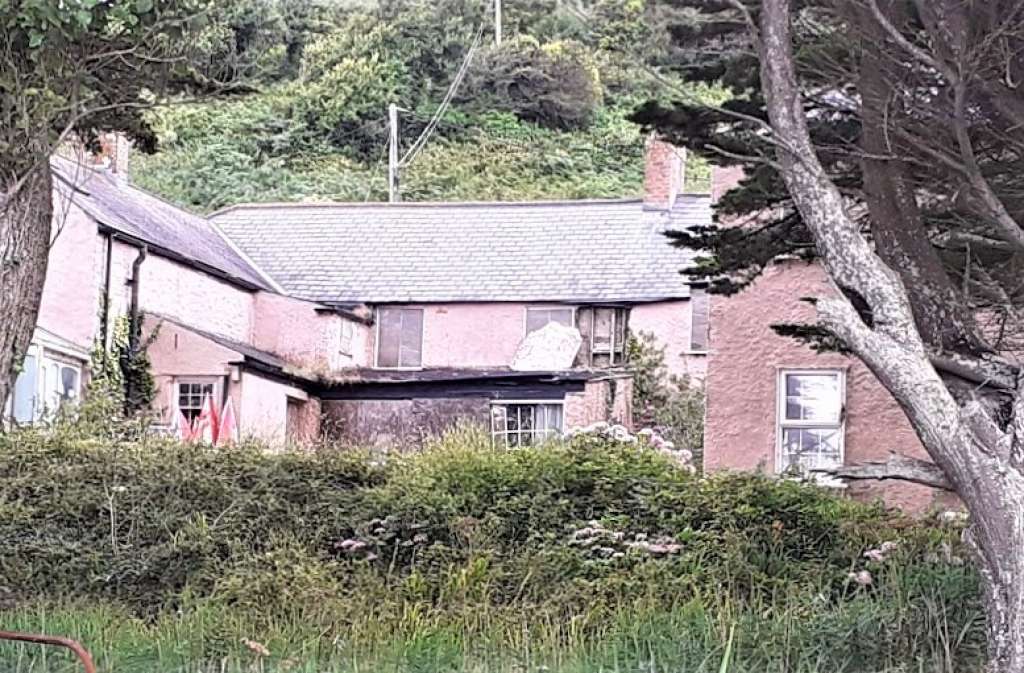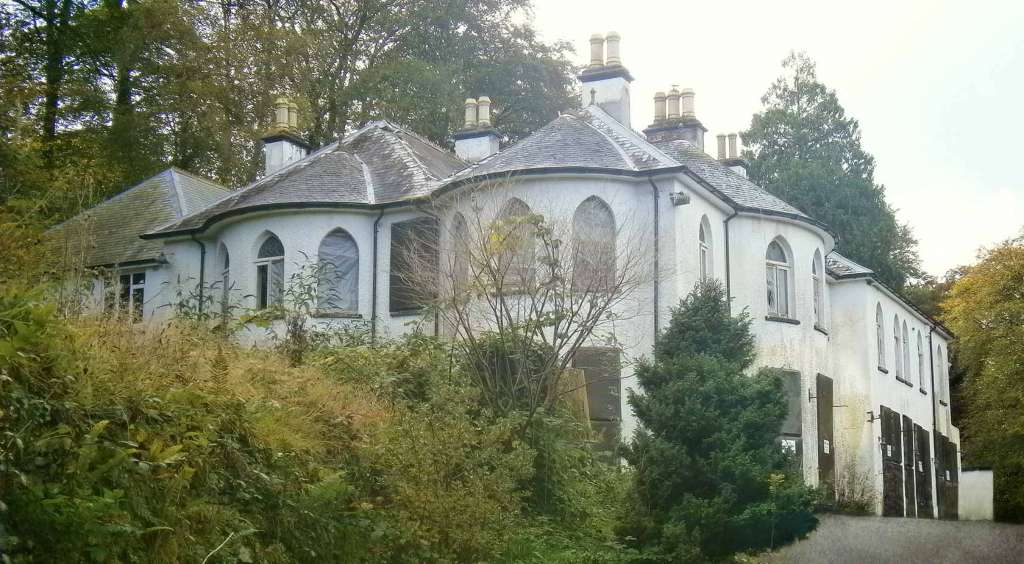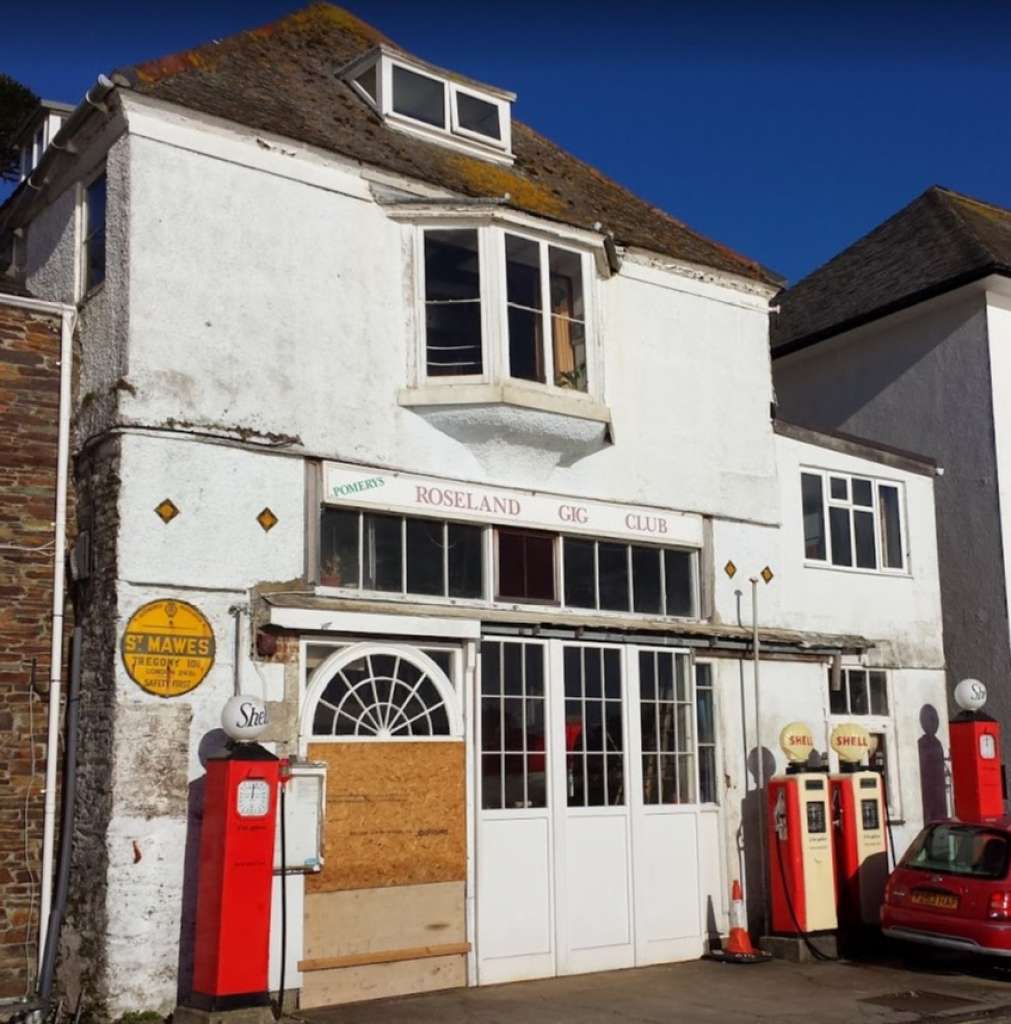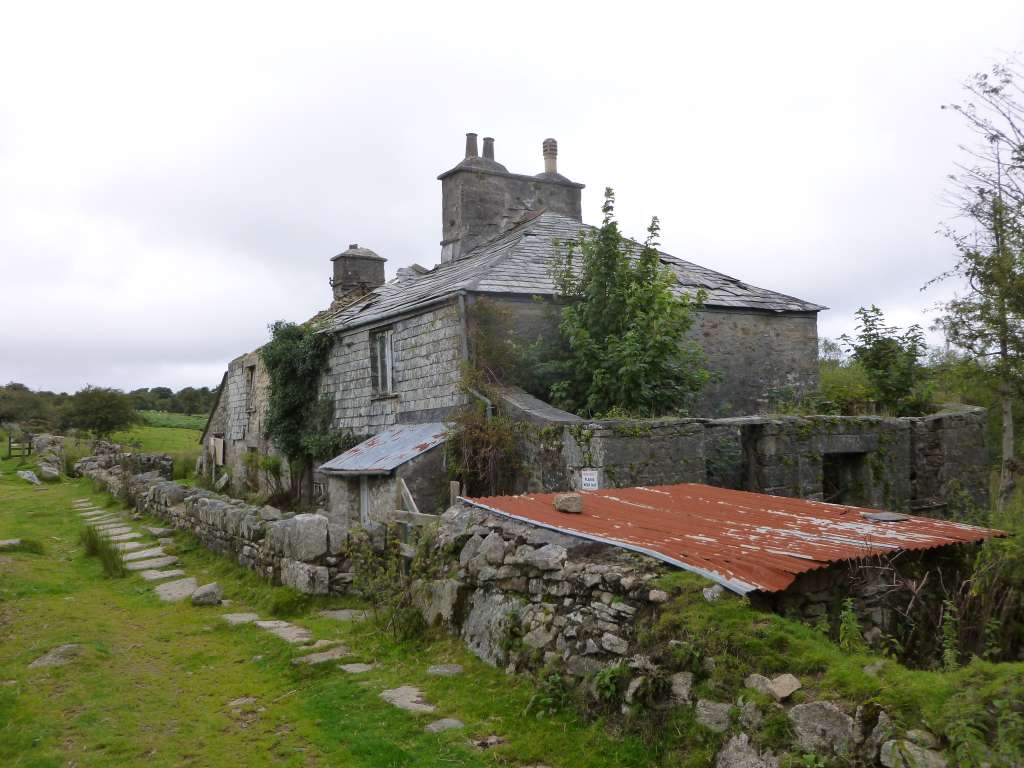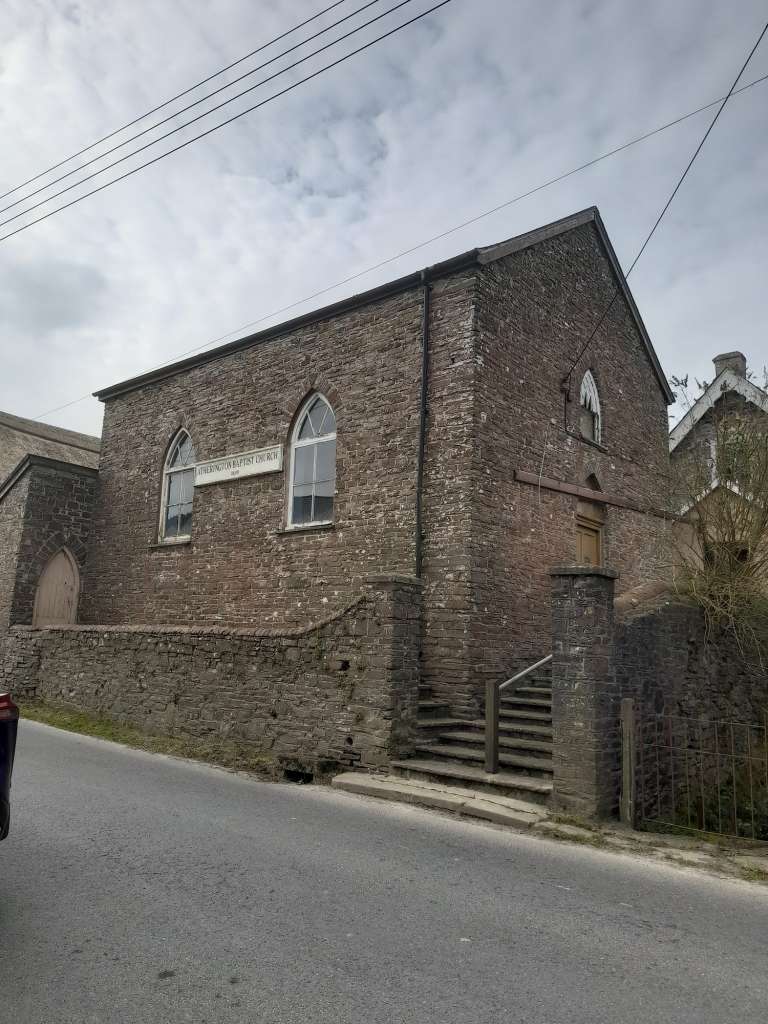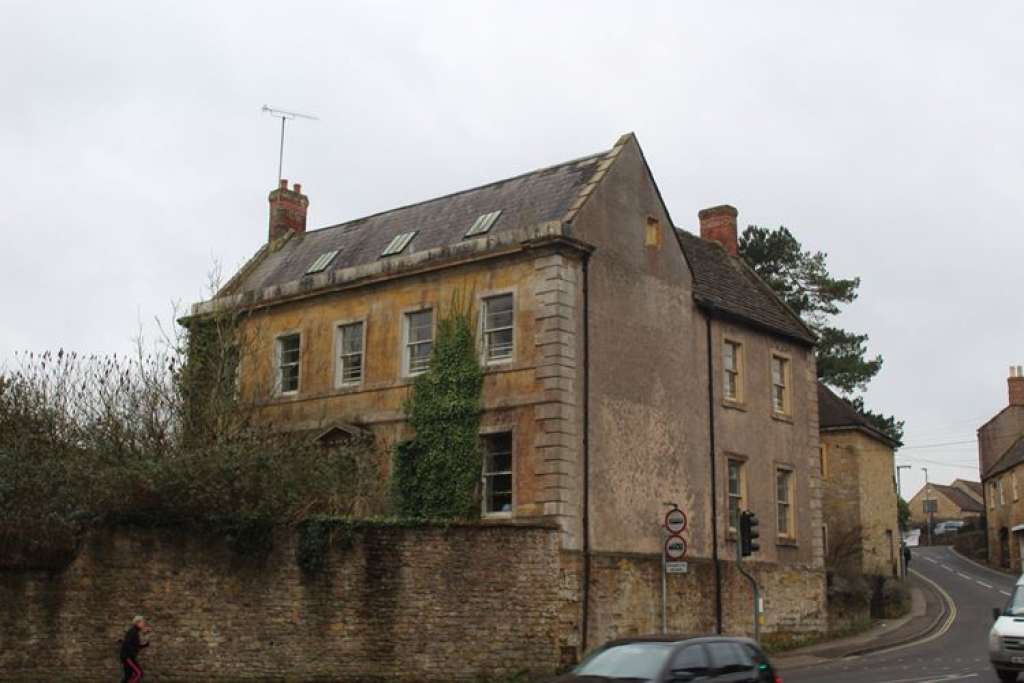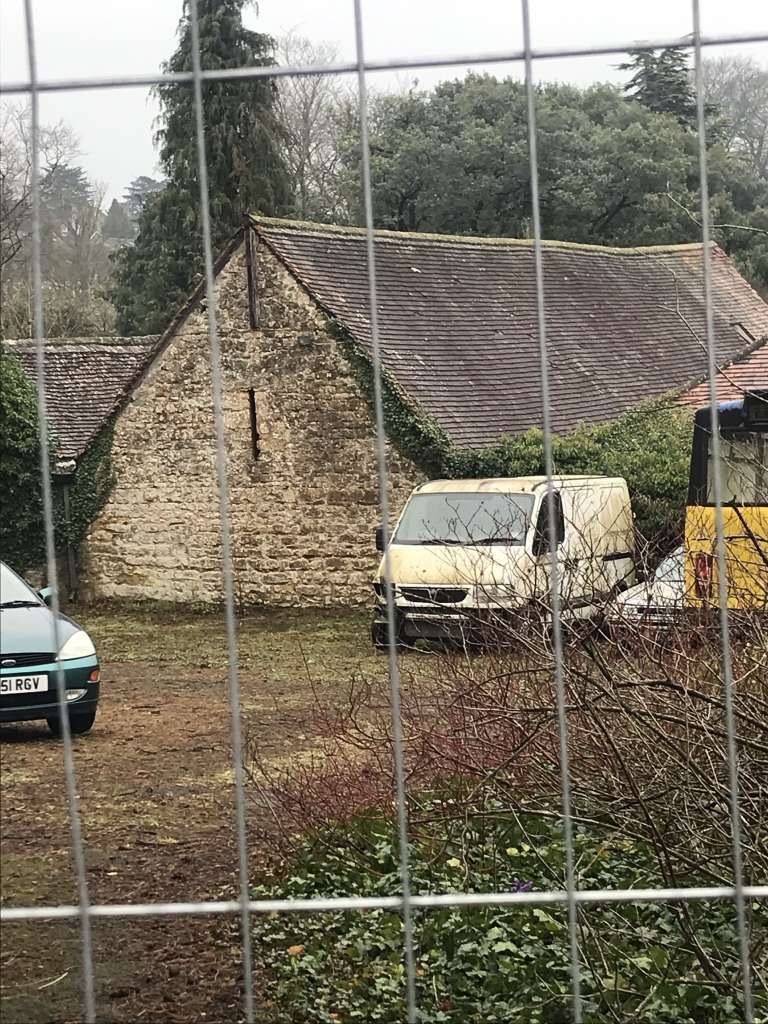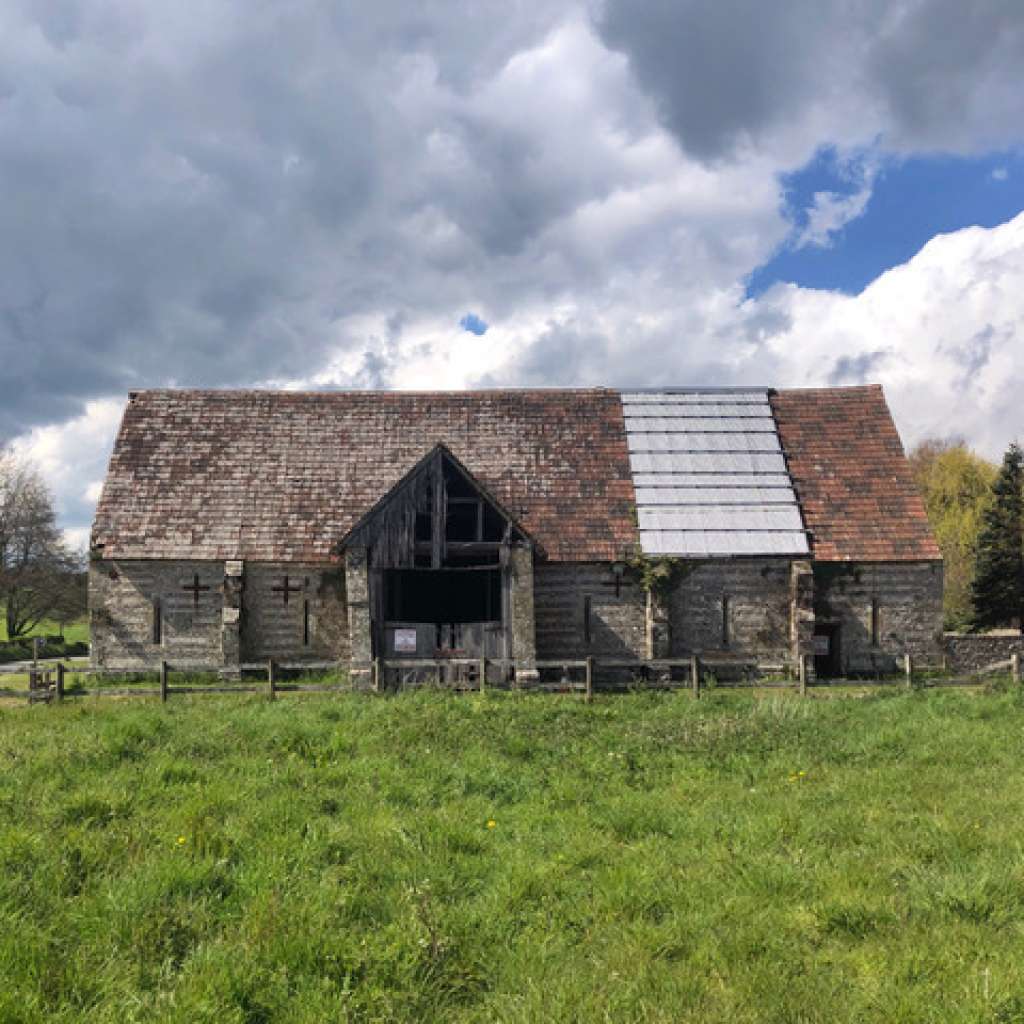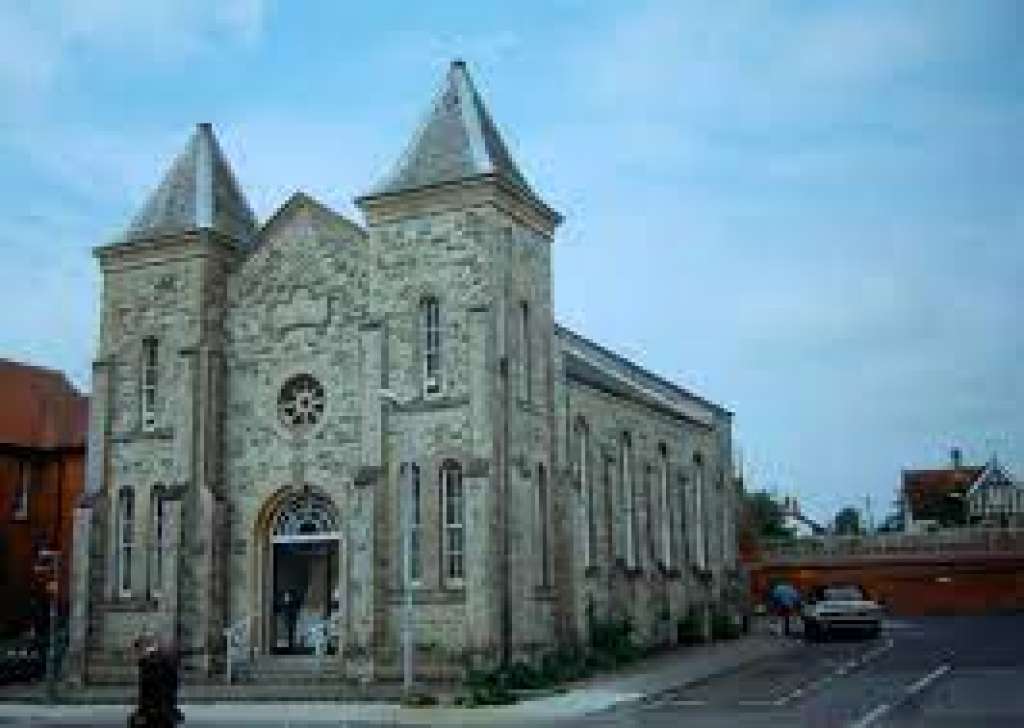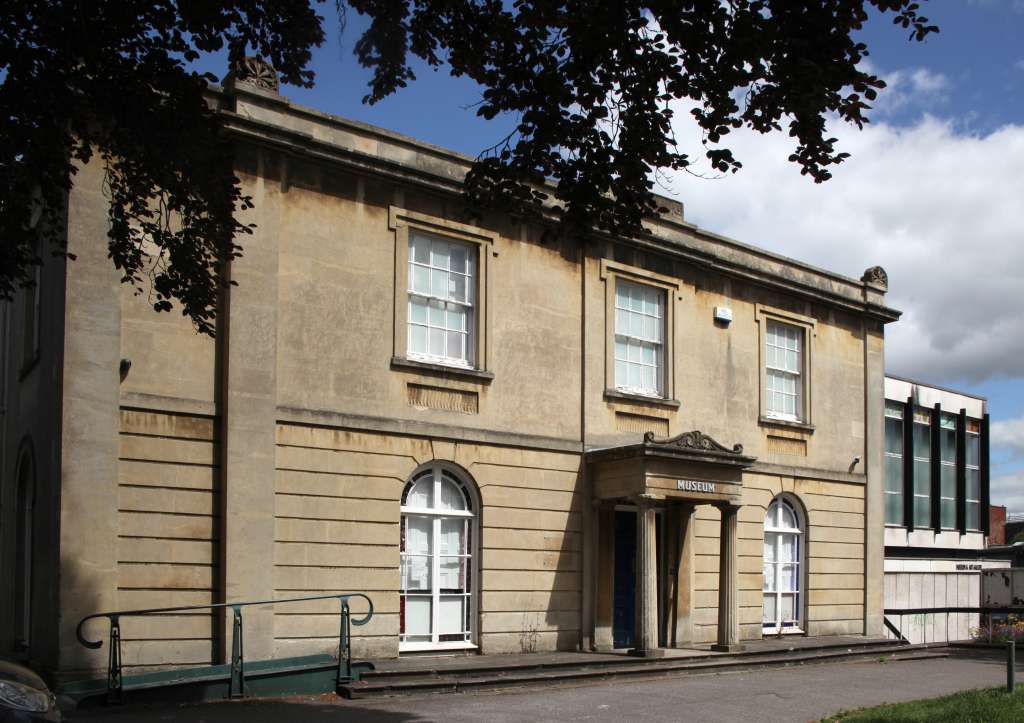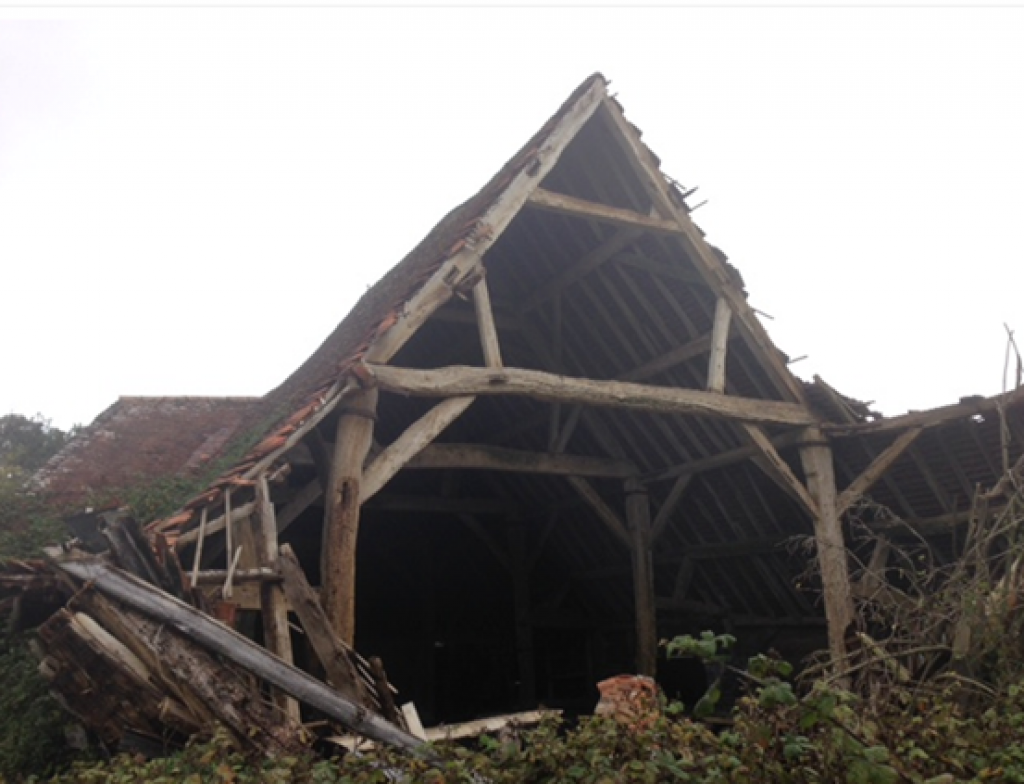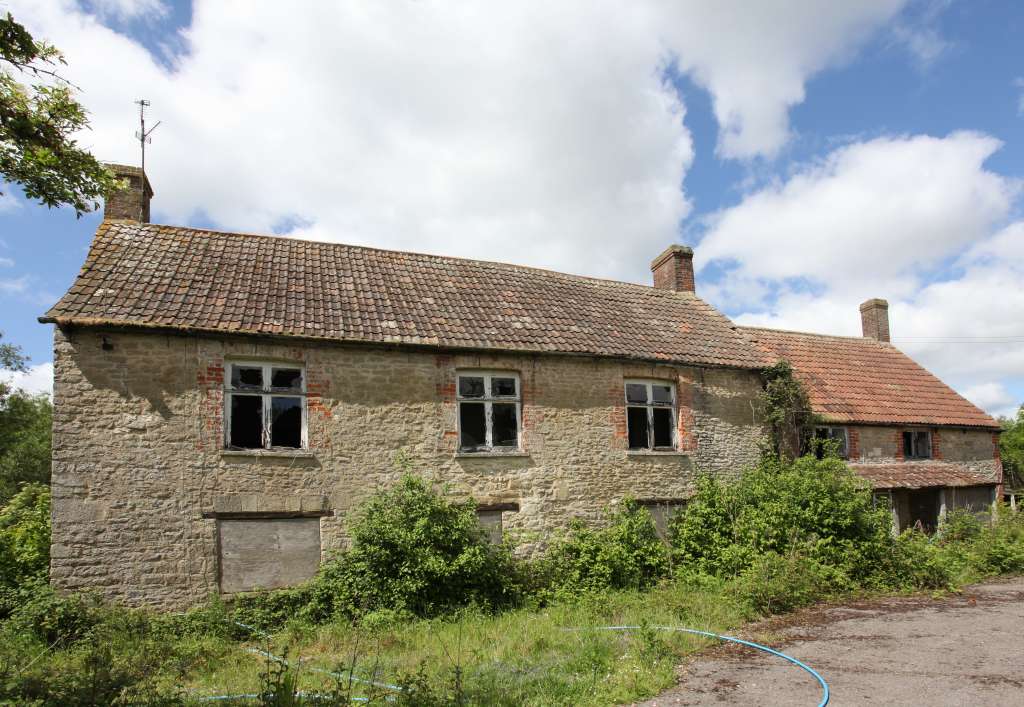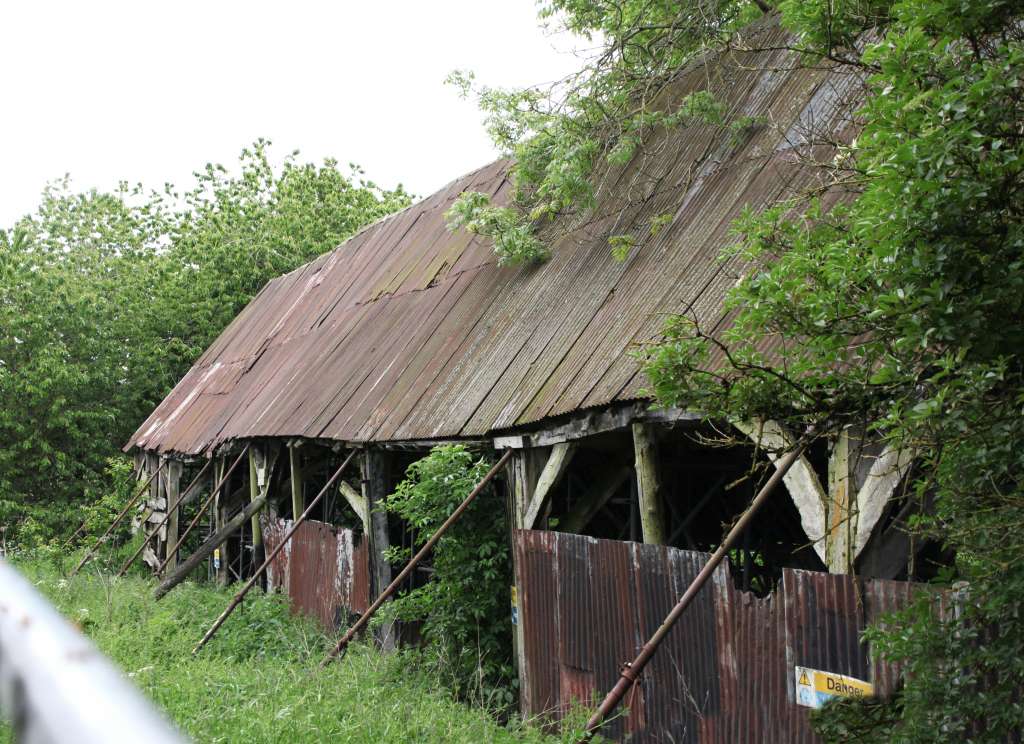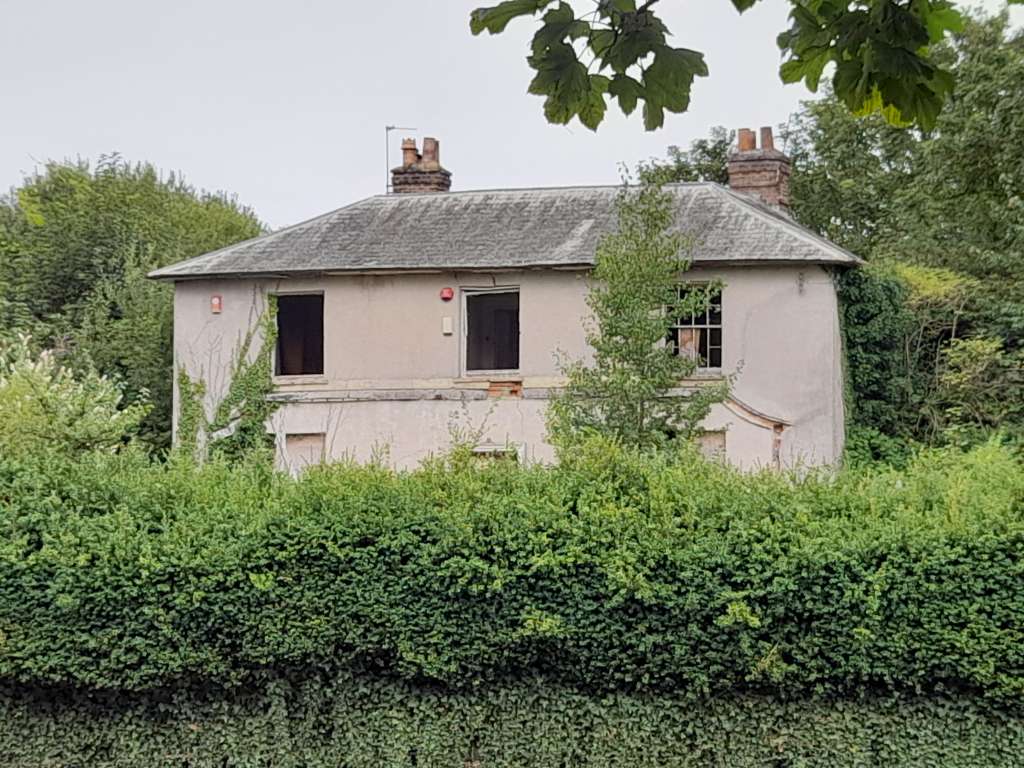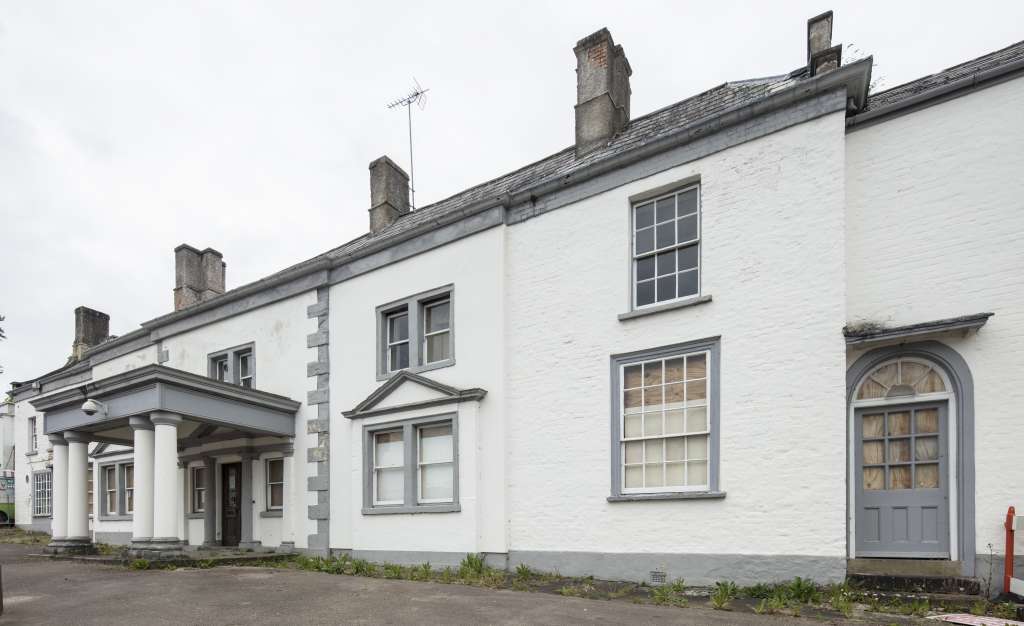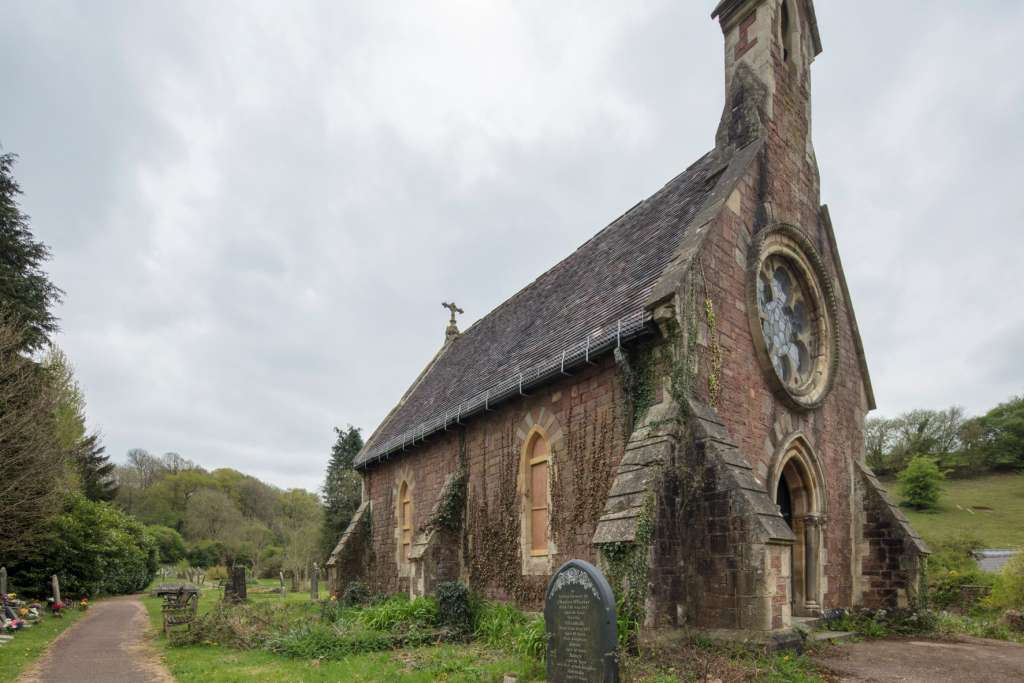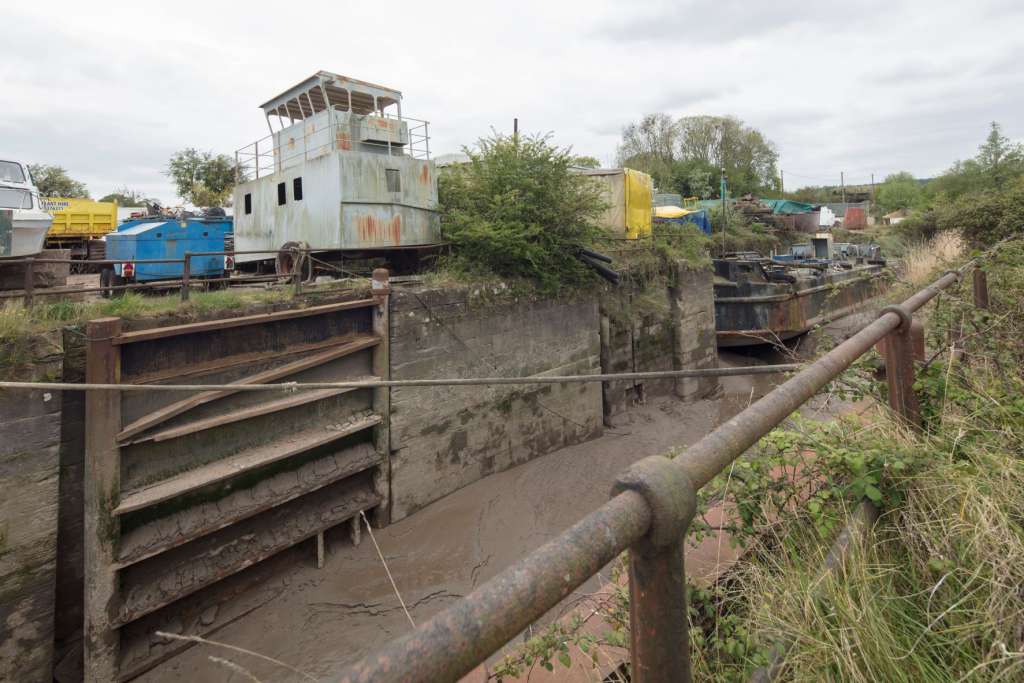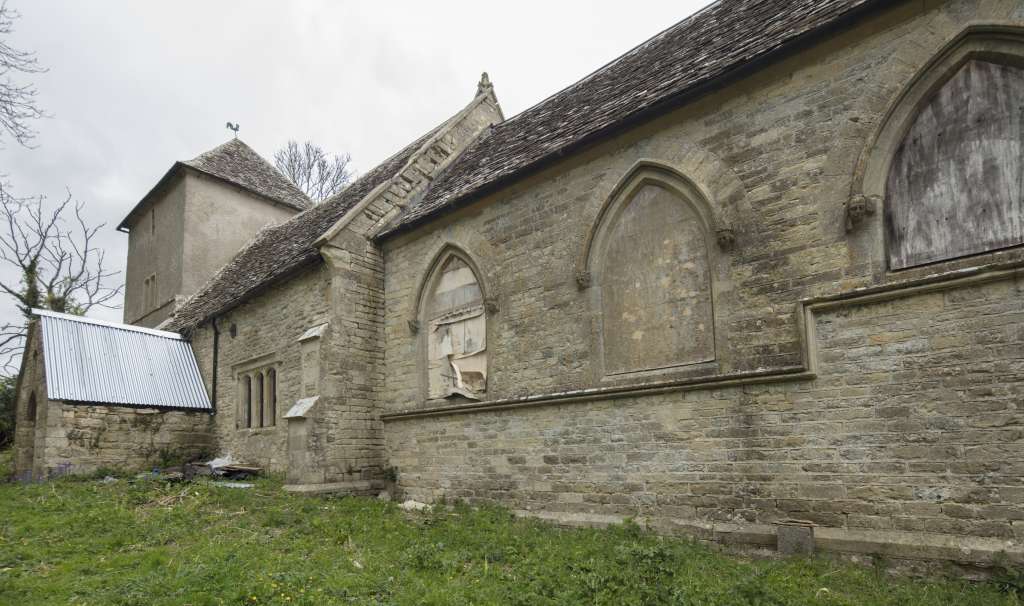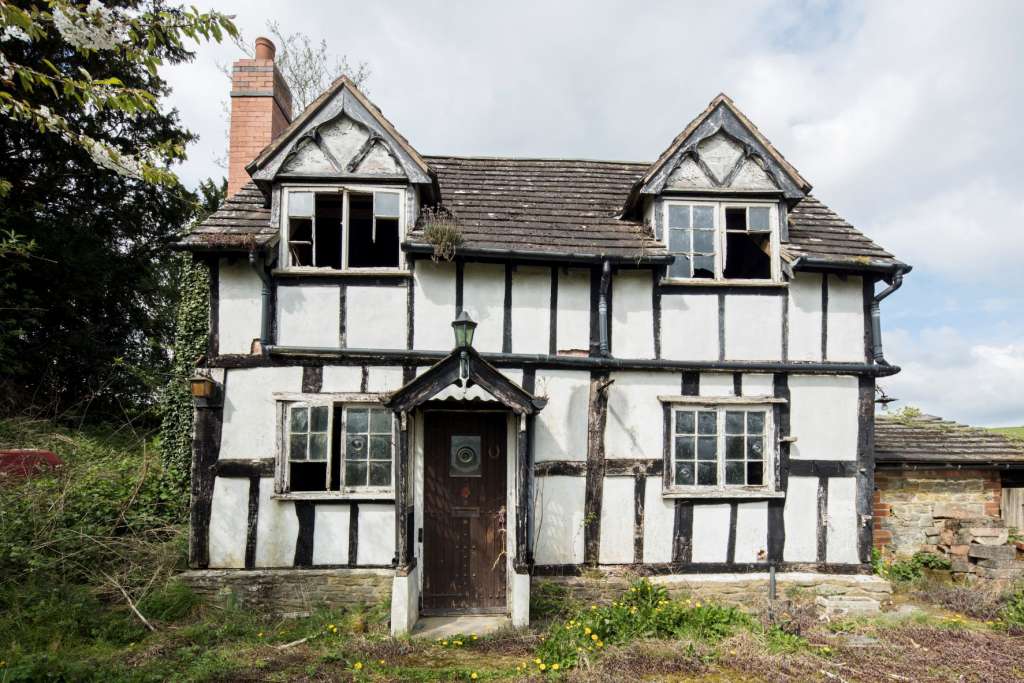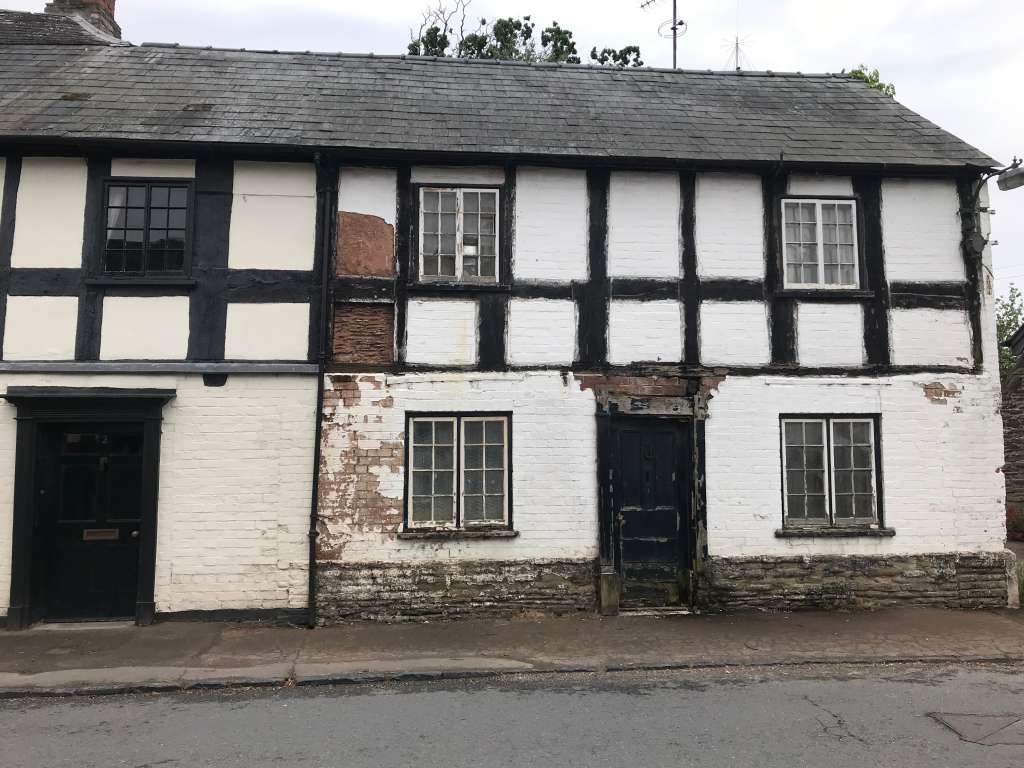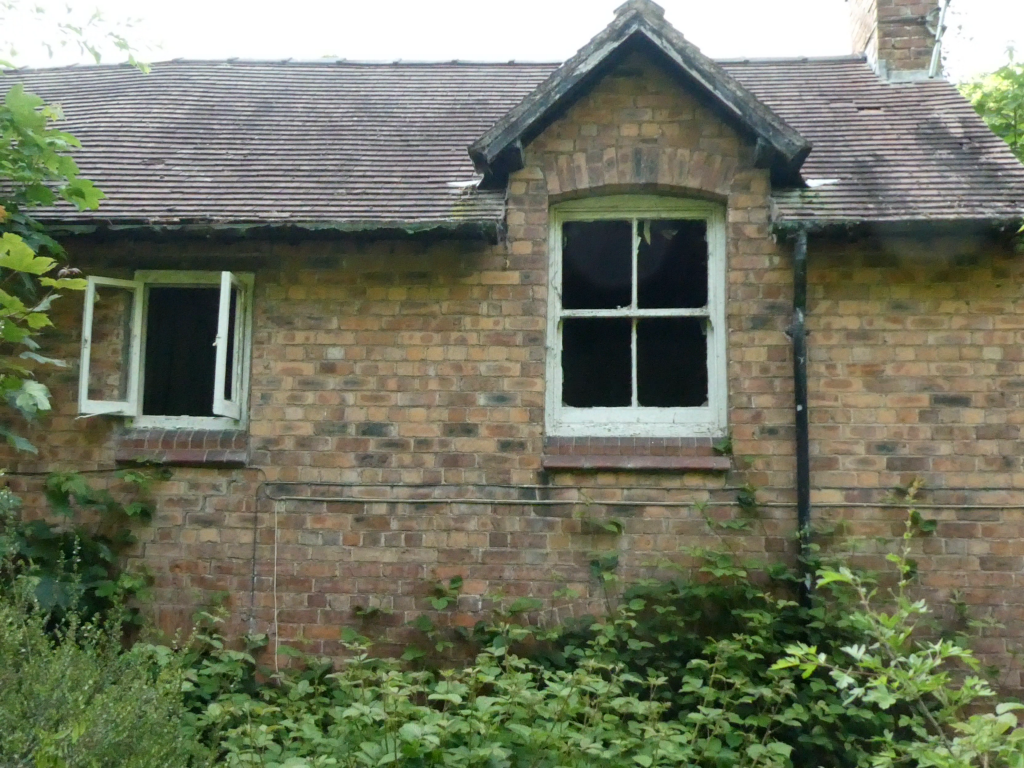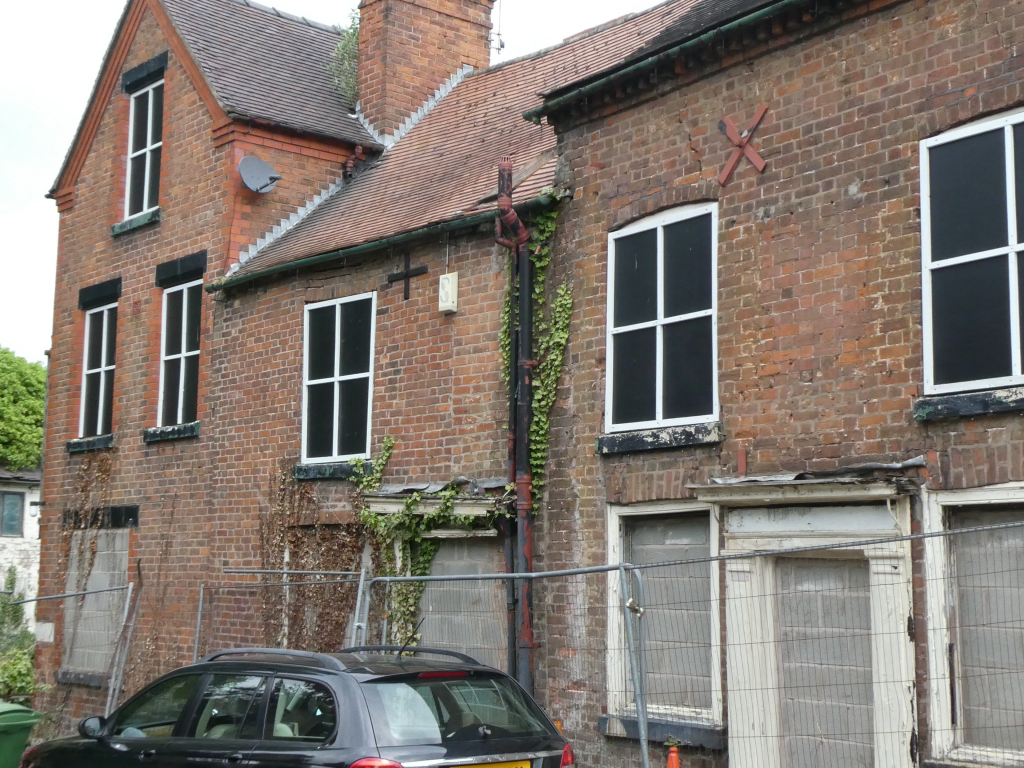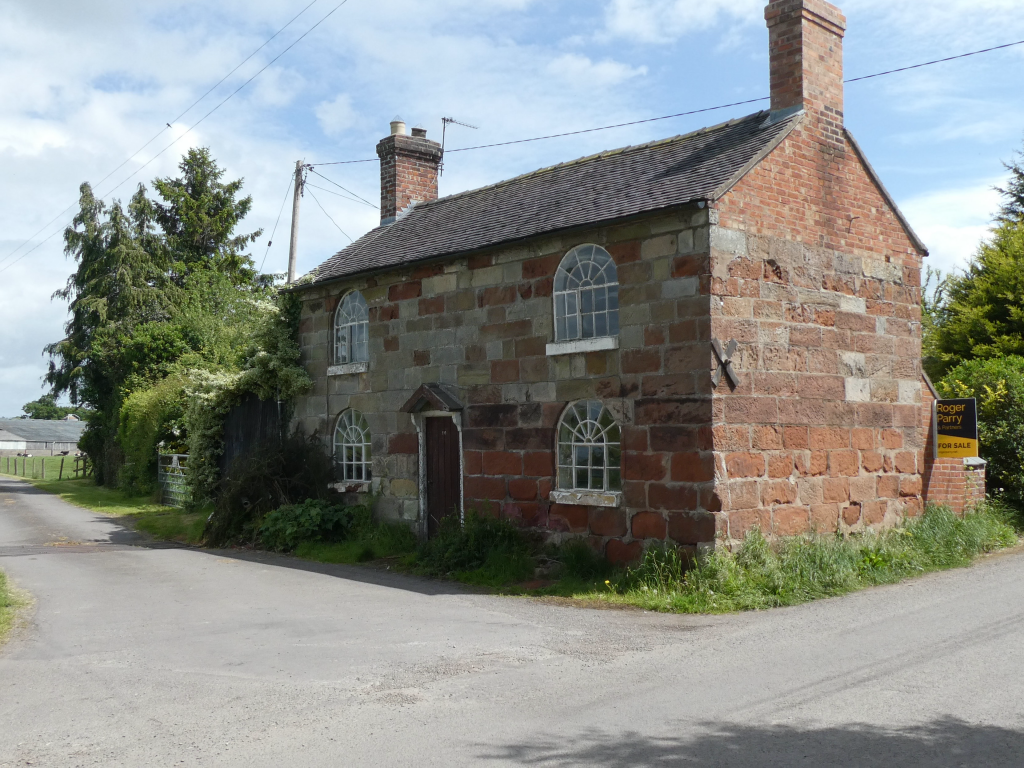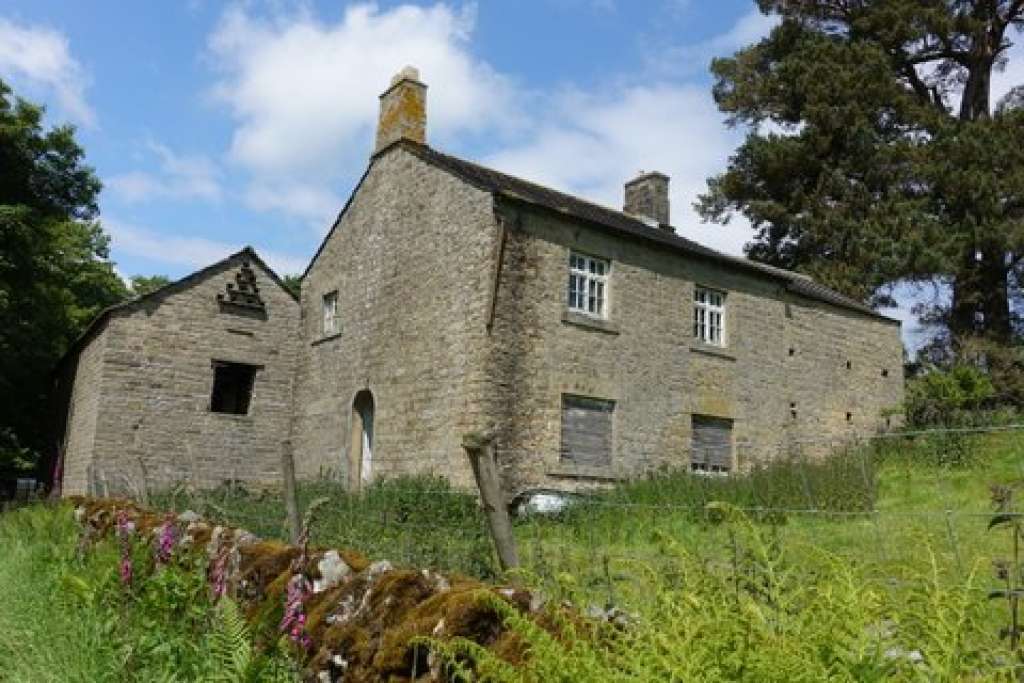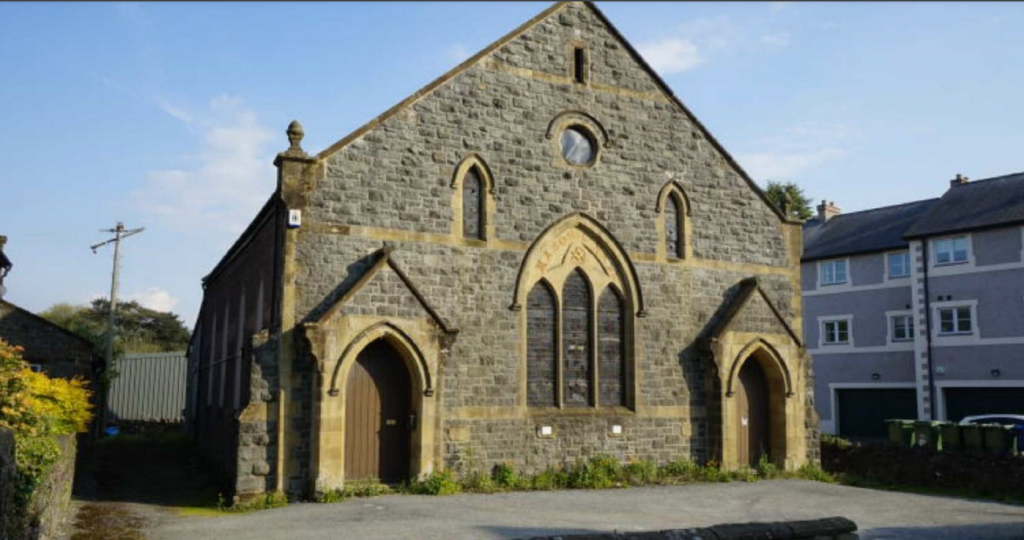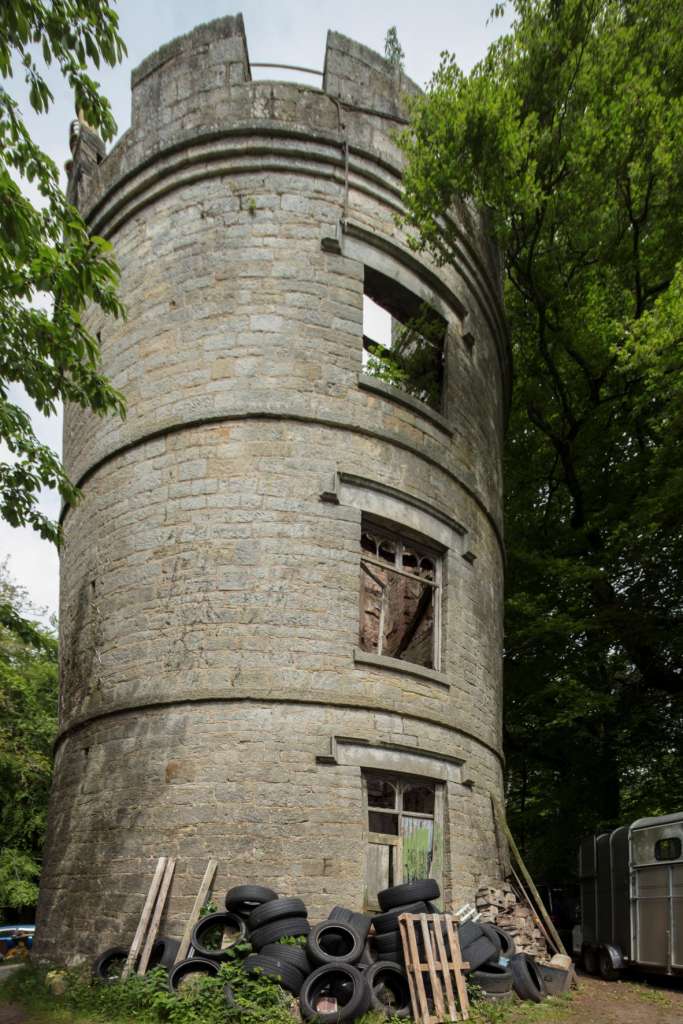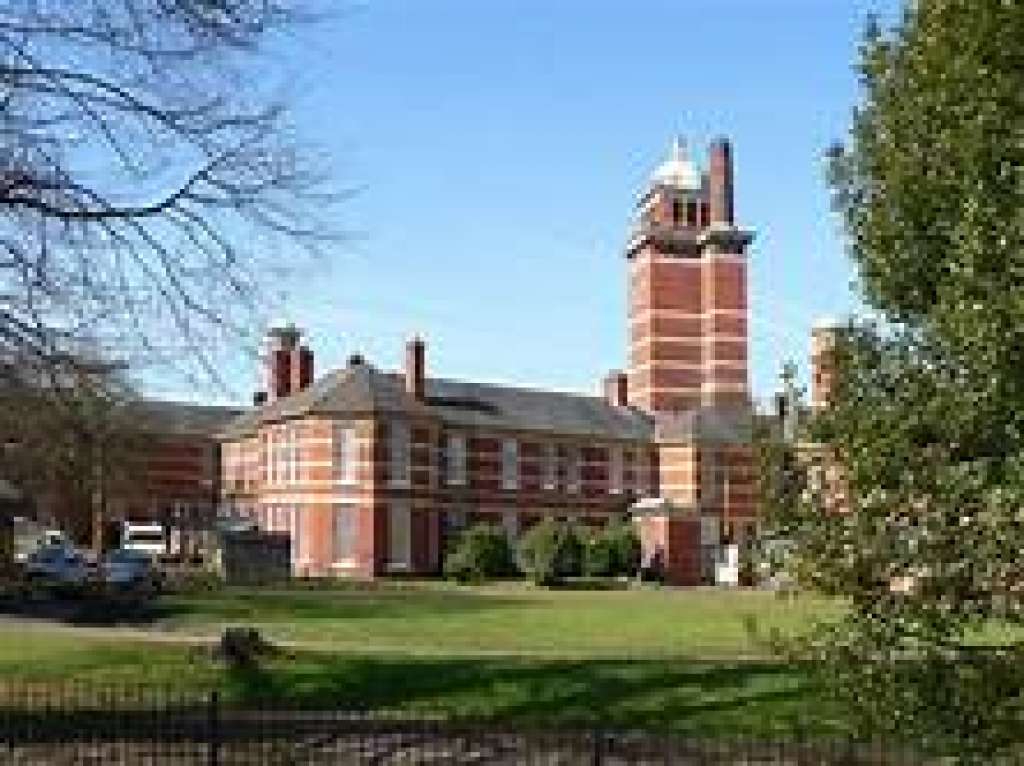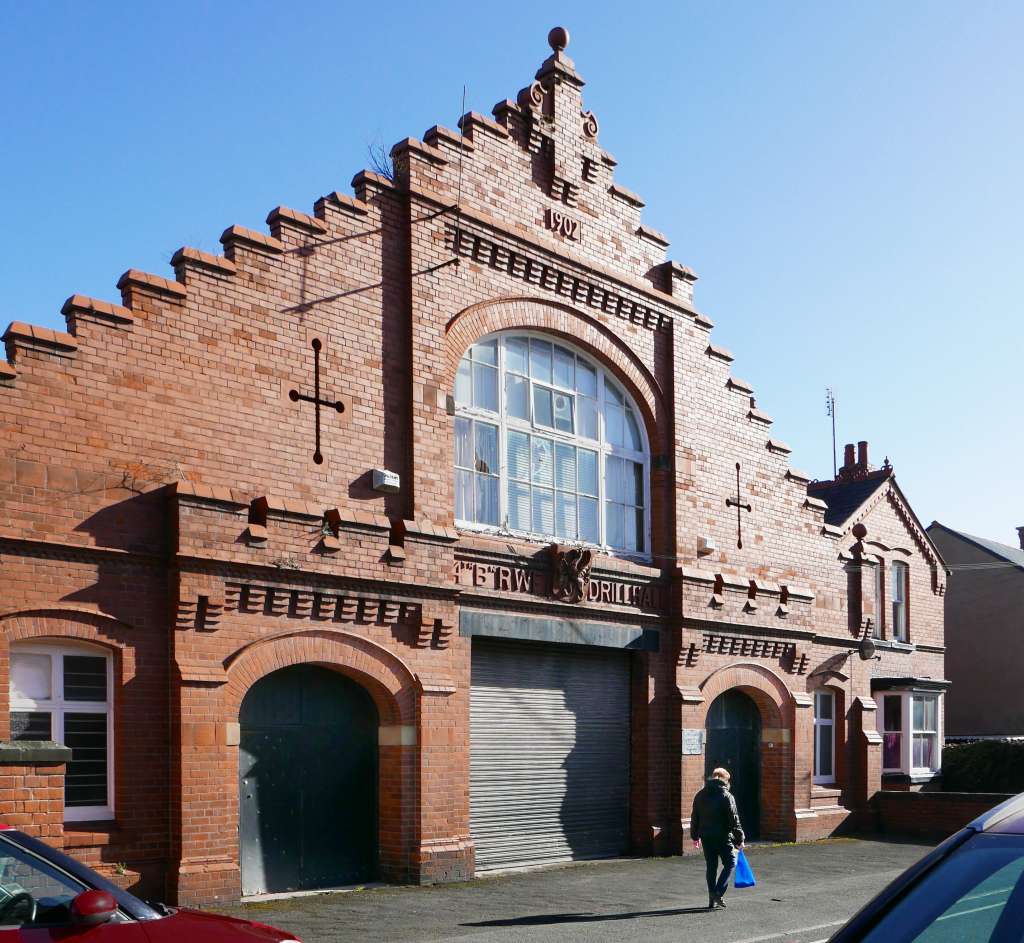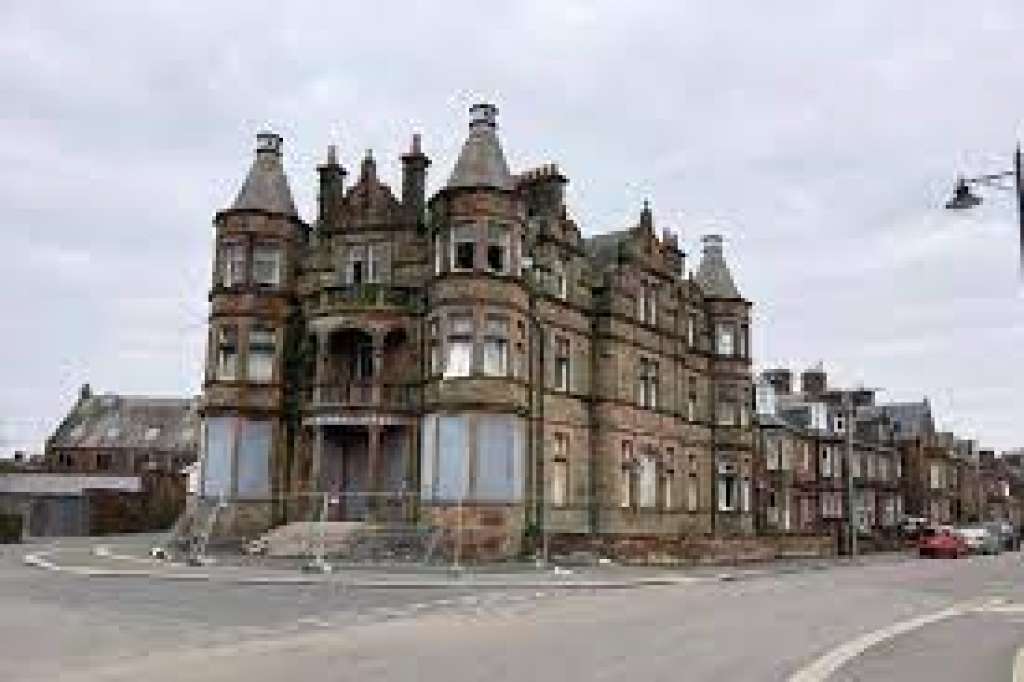SAVE Me - I'm Yours! New Entries List in full
Today (June 29 2022) we added 60 new buildings at risk to our online register. Listed here you will find a brief description and photo gallery of each of these fascinating places.
SAVE Britain's Heritage's online register already holds around 1,200 buildings from all over the country which are at risk through demolition or dereliction. Every year we add new buildings identified by our supporters, conservation officers and other heritage professionals in a bid to publicise the plight of historic treasures which, with a little imagination, could find new life. The register is a powerful tool in bringing buildings which could be repurposed to wider attention and attracts interest from all quarters.
If you'd like more information, there is more detail given for each entry on the online register. The online register can be accessed only by Friends and Saviours of SAVE. Click here to join SAVE.
East Midlands
Shardlow Hall, London Road, Shardlow and Wilne, Derbyshire DE72: Close to the River Trent south of Derby, this grade II* listed house was used as a POW camp during WWII, then by the Ministry of Agriculture, Fisheries and Food until 1986, the house has since stood empty, disused and deteriorating.
The Lady in Grey, Wilne Lane, Shardlow, Derbyshire, DE72 2HA: A handsome late 18th-century grade II listed house, the romantically named Lady in Grey, stands near the canal in a generous walled garden. Previously a restaurant and hotel, it needs a new use to bring it back to life.
Tapton House, Chesterfield, Derbyshire S41 0TZ: Fancy a grade II* listed house once inhabited by early rail innovator, George Stephenson, as your new office or do you have a better idea for its optimum use? This handsome house in a public park is empty and looking for new tenants.
Engine House, Great Northern Road, Derby, Derbyshire: Well known in Derby and much further afield, this site and its neighbour, the huge Great Northern Warehouse, have been drawing concern for many years. Although this could be about to change, more detailed redevelopment plans are awaited.
Former Grantham Cottage Hospital, 101 Manthorpe Road, Grantham, Lincolnshire NG31 8DG: Opened with much civic pomp in 1876 when its facilities were widely admired, this attractive building has large windows and Arts & Crafts style detailing. Surrounded by working elements of Grantham Hospital, these are important historic buildings for Grantham and are eminently reusable.
East of England
The Star Hotel, Hall Quay, Great Yarmouth, Norfolk NR30 1HG: Many pubs are built to look this old, this one really is: built in 1764 as a merchant's house, much later it became a Temperance Hotel, eventually becoming the Star Hotel in 1930. Refurbished in 2017, it has not reopened after lock-down and the lack of use of this most beautiful historic place is causing concern.
St Mary the Less, Queen Street, Norwich, Norfolk NR2 4SQ: You'll see the steeple of St Mary the Less extending up behind a frontage of shops with a tiny, "secret" set back entrance. This most lovely Grade I disused church needs comprehensive repairs and a use to ensure it does not deteriorate in condition.
6-9 Ninham's Court, Norwich, Norfolk NR2 1NX: Tucked away in an alley in the centre of Norwich this 17th-century former merchant's house hides a medieval undercroft. It is unused at present and, though its condition is monitored, its future will depend on finding a new purpose.
North East
Adderstone Hall, Northumberland, NE70: This Grade II* classical house in generous grounds near the beautiful Northumberland coast (and the A1) not far from Bamburgh needs to be brought back to life with a new use.
Scotch Church (Belford Community Club), Belford, Northumberland NE70 7QB: Near the coast stretching north from Bamburgh to Berwick, this Georgian non-conformist chapel is at risk. It passed out of faith use in 1898 and became the village hall, then the Memorial Hall after WWI, with a separate war memorial standing in front of it. Empty since 2016, it could be turned into a number of uses.
Customs Watch House, 18 Quay Walls, Berwick-upon-Tweed, Northumberland, TD15 1HB: Custom watch houses are very rare in England and it is believed this is one of the last remaining examples. Grade II listed, in a stunning location but in poor condition, it is an important historic building reflecting the area's maritime history on the borders of England and Scotland.
Primitive Methodist Church, Church Street, Stockton-on-Tees, County Durham TS18 1TW: This distinctive and highly individual building is studded with gargoyles on its upper levels and has an eye-catching front elevation with two roofed towers. The building was for sale in the summer of 2021, being advertised with the suggestion that it would be easy to demolish. As a recognised historic building in a conservation area, this should not be the case.
North West
Ackhurst Lodge, Southport Road, Chorley, Lancashire, PR7 1PF: Built in 1842 as a gatehouse to the nearby Astley Hall, the lodge sits in a wooded valley on the banks of the River Chor within a park. Empty for decades, several major flooding incidents in 2020 and 2021 have seen flood waters reach the second-storey eaves.
Oakwood Mill, Grenville Street, Millbrook, Stalybridge, Lancashire SK15 3JD: Built in 1856 as a specialised cotton mill, it has two main ranges with a tall chimney stack which marks its location in the landscape. It has had a number of industrial uses since it ceased to be a cotton mill before WWII, but this monumental mill is now in a terrible condition.
Nelson Cemetery Lodge, Walton Lane, Nelson, Lancashire BB9 8HU: This historic cemetery lodge dates from 1894 and stands near to the grade II chape of the Walton Lane Cemetery. It has been allowed to deteriorate in condition and suffered a fire in 2021. The lodge is an important part of the setting of the cemetery, itself the repository of precious local family histories, and its loss as a result of further inaction would be highly regrettable.
Moss Side Unitarian Free Church and School, 188 Shrewsbury Street, Old Trafford, Greater Manchester, M16 7NY: A late Victorian church and later school hall, is a striking landmark with its distinctive tower and wealth of architectural features. Historic England has acknowledged its strong local importance and the Council has blocked demolition attempts. A Polish ex-serviceman's club until the early 2000s, it now desperately needs a new use.
Sandheys, 158 Mill Lane, West Derby, Liverpool, Merseyside L12 7LE: A substantial Grade II listed Victorian mansion, later used as a WWI veteran's orphanage and then a school. A scheme involving 20 flats and some additional development appears to have been shelved.
Eddesbury, Almond's Green, West Derby, Liverpool, Merseyside L12: Built in 1884, this striking Grade II listed villa in substantial grounds may have just found a new way forward. An application for conversion of the house to apartments with further development is awaiting a decision but the house remains at risk.
Queen's Stores Warehouse, 66 Bridgewater Street, Liverpool, L1 0AY: An important survivor from Liverpool's maritime mercantile past, this building was a warehouse for ship equipment. Located in the Baltic Triangle area of the city, this mid-Victorian grade II listed building has been disused for several decades but could be part of the new revival and conversion of buildings nearby.
Eccleston Park Golf Club, Rainhill Road, St Helens, the Wirral, Merseyside L35 4PG: Asylum farm to golf club: not the most predictable of histories, but this makes this building all the more important to save. A proposal for a thousand new homes on the golf course site which threatened the survival of this building was recently refused, but it is unclear what will now happen.
Huyton Cricket and Bowling Club Pavilion, Huyton Lane, Knowsley, Liverpool, Merseyside L36 7XD: Only a handful of cricket pavilions built before 1914 survive. This one at Huyton dates from 1875 and is considered rare. Last used in 2012, there has been an attempt to demolish it, though that was before it was listed in 2020 following a local campaign.
Queen's Royal Hotel, New Brighton, Wallasey, The Wirral, Merseyside CH45 2JT: This grand, Italianate Victorian hotel overlooking Marine Promenade closed in 2019 and since then has survived a demolition attempt and a fire. It deserves to be brought back to life continuing the tradition of hospitality for which New Brighton was founded in the 1830s.
Hard Crag, High Brow Edge, Back Barrow, Ulverston, Cumbria, LA12: This isolated and disused grade II listed farmstead in the Lake District National Park is for sale. It has planning permission for a sensitive scheme to bring it back into use.
How Bank Farmhouse with Barn and Byre, Muncaster, Cumbria: Part of a collection of mid-18th century farm buildings in an isolated position in the far west of the Lake District National Park. The farmhouse has a strong presence with a stout stone porch and adjoining barn. Together they tell a fascinating story of the life of rural farmers in this part of Cumbria.
Barn with adjoining cottage parallel to How Bank Farmhouse, Muncaster, Cumbria: The modest cottage and barn are grade II listed and date to the mid-18th century. They form a small farmstead with the larger farmhouse and its barn and byre (see above). They are poignant relics of a former way of life and could be brought back into practical use again.
Former Farmhouse on west side of High Drybarrows, Bampton, Cumbria: Standing in beautiful countryside in the northeastern corner of the Lake District National Park, this 18th-century farmhouse has the feeling of substance and strength - no doubt one of the reasons why it is still standing despite being empty for many years.
South East
Streatham Hill Theatre, 110 Streatham Hill, London SW2 4RD: This grade II theatre is an utter gem with interiors oozing glamour. There is uncertainty about its future but The Friends of Streatham Hill Theatre proposes to return the theatre to arts, culture and performance use for the community. They have gathered support from across the theatre world including support from Simon Callow, Akram Khan and Mark Rylance.
Dogmersfield Park Lodge, Chalky Lane, Dogmersfield, Hampshire: In the grounds of the Four Seasons Dogmersfield Hotel, this small 19th-century lodge was built as a gatehouse and folly to the listed park. The main house is Grade I listed but this lodge is now shabby and unkempt and the roof has suffered a partial collapse.
Regent Cinema, Beach Street, Deal, Kent CT14 7BP: This Art Deco seaside entertainment venue with a fascinating history was built in 1933 around the original iron and glass building built a few years before to give shelter for military bands and other entertainments. There is permission for conversion to a 2-screen cinema and restaurant in 2019 but no work has commenced and the building is deteriorating in condition.
South West
18 Chapel Street, Penzance, Cornwall, TR18 4AW: This historic townhouse on one of Penzance's central streets has a Georgian frontage but is thought to retain much older fabric. Occupied by the Mayor of Penzance in 1812 and more recently housing the Ganges restaurant until 2006, it has deteriorated seriously with a partial roof collapse.
Bible Christian Chapel, Scarcewater, Truro, Cornwall TR2 4EY: In the midst of the Cornish countryside, this diminutive Victorian chapel and Sunday School have a simplicity which is beguilingly attractive. At one time, the buildings had permission for residential conversion but this was never acted upon. They are now in very poor condition.
The Buttermarket, Redruth, Cornwall, TR15 2AU: Serving originally as a meat, fish and shoe (not butter) market, this grade II listed building was once the largest market in Cornwall. Built in 1825-6 to rehouse cluttered street stalls, the principal problem now for this most functional structure is its lack of use.
Market House and Old Town Hall, Penzance, Cornwall, TR18 2JG: Strikingly beautiful, this grade I listed building has been neglected and without a use for some time. Although the building has secured some money from the Future High Street Fund, to effect specific repairs, new uses are needed to ensure it is kept in good condition.
Pendower Beach Hotel, Cornwall TR2 5PE: In an unrivalled coastal position, these 17th-century farm buildings, later became a popular hotel. A redevelopment proposal including several additional residential units was recently withdrawn. A local group, Friends of Pendower Beach, support restoration but only within the existing footprint of the buildings to preserve their setting and the natural habitat.
Polvellan Manor, Looe, Cornwall, PL13 2AH: Overlooking the estuary and town of Looe, Polvellan Manor was built as a grand Georgian house for the local MP. Since WWII when it served as a maternity hospital, it has been a hotel and a nursing home. Only a few original features remain inside but its historic character is still very clear despite its poor condition.
Pomery’s Garage, Kings Road, St Mawes, Cornwall, TR2 5DH: From Pilchard warehouse to garage to local icon, this building survives as one of the last harbourside vernacular buildings and is the repository of unique local history. Despite local interest in creating a heritage centre, it appears that the building could be under threat of demolition with a public consultation opening in June 2022.
Pontus Piece, St Cleer, Cornwall: On the edge of Bodmin Moor, these small dwellings once housed workers at the nearby tin and copper mine. They will be auctioned on 27th July and have a guide price of £175,000. The successful buyer will have a unique opportunity - and responsibility - to restore these treasures and preserve their history for future generations.
Baptist Chapel, Atherington, Devon EX37 9HY: This charming chapel and attached schoolroom, both listed grade II, have previously had permission to be converted to residential accommodation but the buildings remain in a poor condition.
Newell House School, Cornhill, Sherborne, Dorset, DT9 3PL: This handsome 17th-century house stands on one of the main approaches to historic Sherbourne. Grade II listed, it was most recently a school which closed in 2000. Since then its condition has slowly deteriorated.
Barn at Newell House School, Sherborne, Dorset, DT9 3PL: Standing at the back of Newell House school, this barn is Tudor in origin and dates from the early to mid 16th century. The listing entry hints at a connection with the Abbey as it notes that the Abbey Orchards used to extend up to this point.
Manor Farm Barn, Winterbourne, Clenston, Dorset DT11 0NY: This huge 16th-century barn has an earlier 15th-century roof and may have come from nearby Milton Abbey. The roof is highly decorated and is considered an outstanding example of historic carpentry. The roof partially collapsed in 2008 and Historic England is involved but no solution has yet been found.
Primitive Methodist Chapel, Queen Street, Gillingham, Dorset SP8 4DZ: Despite its relatively small proportions, the design of this chapel built in 1876 is deliberately grand with the front façade flanked by two towers supported by mock buttresses and topped with pyramidal roofs. Empty, this building is highly vulnerable.
Apsley House (Swindon Museum and Art Gallery), Bath Road, Swindon, Wiltshire SN1 4BA: A gracious late Georgian villa which for several decades has accommodated an impressive Swindon museum and art collection. The museum did not reopen after lockdown and the future of the buildings is uncertain.
Roche Barn, Winterslow, Wiltshire: This large aisled barn dating from the 16th or early 17th century is a grade II* listed structure and scheduled monument. It has fallen into serious dereliction which led in 2020 to the collapse of one of its bays.
Studley Grange Farmhouse, Hay Lane, Swindon, Wiltshire: On a site steeped in history, this farmhouse may have medieval origins. It has been unoccupied for years and, more recently, surrounded by a landfill site. Unpromising as this may sound, following conservation and replanting of the surrounding land, the restoration of this interesting house is more than a possibility.
Lower Lodge Barn, near Dudmore Lodge, Odbourne Road, Aldbourne, Wiltshire: This timber-framed 18th-century barn with timbers from an earlier building is of a type becoming rarer in this area of Wiltshire. It is in very poor condition and has been propped to ensure it remains standing. An important reminder of past rural life, it deserves restoration.
Bloomfield Lodge, Taunton, Somerset, TA1 2EP: Bloomfield Lodge was built about 1840 as an elegant and generous house. It still stands in a spacious garden but has lost both its charming verandah and its windows at the front. The council are in discussion with the owner about how to repair and fully restore the house.
West Midlands
Victoria Hotel, High Street, Newnham, Gloucestershire GL14 1AD: Full or character inside and out, this house traces its history back to 1622. It later became an inn, then a hotel finally closing in 2007. Despite residential conversion being discussed, no formal applications have been made. In the meantime, its condition is a concern.
Clearwell Cemetery Chapel, High Street, Clearwell, Gloucestershire GL16 8JS: This captivating building designed by renowned Gothic Revival architect John Middleton in 1867, is now in a dilapidated and dangerous condition. The village of Clearwell has been referred to as 'John Middleton Village', due to having the largest collection of his work in the UK.
Dock and Lock Walls at Bullo Pill, Gloucestershire: The grade II listed dock and lock walls at Bullo Pill port are important remnants of the former trade routes on the River Severn. Their construction in 1810 together with a horse-drawn railway and nearby rail tunnel are historically important and enabled the export of coal and stone on the Severn at an early date. They require urgent repairs.
St Bartholomew's Church, Newington Bagpath, Gloucestershire: Closed since 1978 and standing empty since then, this grade II medieval church with Norman origins was rebuilt by Victorian Gothic Revival architect, S.S. Teulon. Since its closure, it has been slowly deteriorating and desperately needs help if it is to survive.
Ricketts Castle, Presteigne Road, Titley, Kington, Herefordshire, HR5 3RS: Something about the diminutive scale of this timbered cottage and its mildly lop-sided character makes it appear to have been transplanted, scruffy yard and all, from a different moment in time. It is in a poor state of repair and in need of a sympathetic restoration.
1 High Street, Weobley, Herefordshire HR4 8SL: This timber-frame house dates from the 17th century and retains many fascinating historic features. However, it has been allowed to deteriorate in condition and needs urgent help to prevent further deterioration.
Cartref, 6 Acquaduct Cottages, Chirk Bank, Wrexham, Shropshire LL14 5DB: This canal workers cottage stands in an exceptional location on the Ellesmere Canal near the Chirk Bank Acquaduct which is a World Heritage Site. The cottage is disused and in poor condition and could easily be repurposed as highly desirable residential or holiday accommodation.
Former Horse and Jockey, Whitchurch, Shropshire SY13 4QJ: At the corner of the churchyard, a stone’s throw from the Grade I listed Church of St Alkmund, these characterful buildings have served as a hostelry of some kind from Georgian through to modern times. It is now boarded up and despite its history is under redevelopment pressure.
10 Aston, Wem, Shropshire SY4 5JH: Utterly individual and extremely attractive, this cottage dates from the mid-19th century and is grade II listed. It has recently been on the market and quickly found a buyer. But it is greatly in need of work to restore it and bring it back into use.
Yorkshire
Springtop Wood Farm House, Wath, Yorkshire: In a beautiful location on the edge of woods overlooking the Wath and Nidd valley within the Nidderdale Area of Outstanding Natural Beauty, this farmhouse traces its history back to at least the early 19th century. Empty for years, it needs new custodians to take it on and give it new hope.
Wales
Masonic Hall, Conway Terrace, Llanrwst, Conwy LL26 0EY: Built in the Gothic Revival Style, this Victorian Masonic Lodge stands in a conservation area near the river Conwy. It has been empty for some time and needs to be put to a new use.
Trevor Tower, Garth, Trevor, Wrexham, Wales: Hidden in trees on a hill above the Vale of Llangollen, this picturesque tower dates from 1827. It is also rumoured to have a secret tunnel connecting it to a nearby cottage. The tower appears to have been disused for many years and its condition is poor.
Whitchurch Hospital, Cardiff, Wales CF14 7XB: This former psychiatric hospital built in 1908 became a centre for shell shock victims after WWI. Listed in recognition of its important plan form and many special architectural features, it also has a separately listed chapel and several listed summer houses in the grounds. The hospital closed in 2017 but no new plans have been proposed to convert it.
Wrexham Drill Hall, Poyser Street, Wrexham, Wales LL13 7RP: A striking red brick building, the Drill Hall was built in 1902 for the 4th Battalion, The Royal Welch Fusiliers. It has been empty for some time and could be used as a community meeting hall or another community facility.
Scotland
Central Hotel, Station Road, Annan, Dumfries & Galloway, DG12 6AW: Grand and gracious, this splendid hotel building is pretty much the first thing you see leaving the train station in Annan. It incorporates turrets and renaissance style gables with balconies. The hotel closed some years ago and it is now in very poor condition. It would make wonderful offices or residential units.
For further information on the Buildings at Risk Register and to search the register to read the new entries in full, click here. If you'd like to get full access to the online register, you can join SAVE as a Friend or Saviour here.

